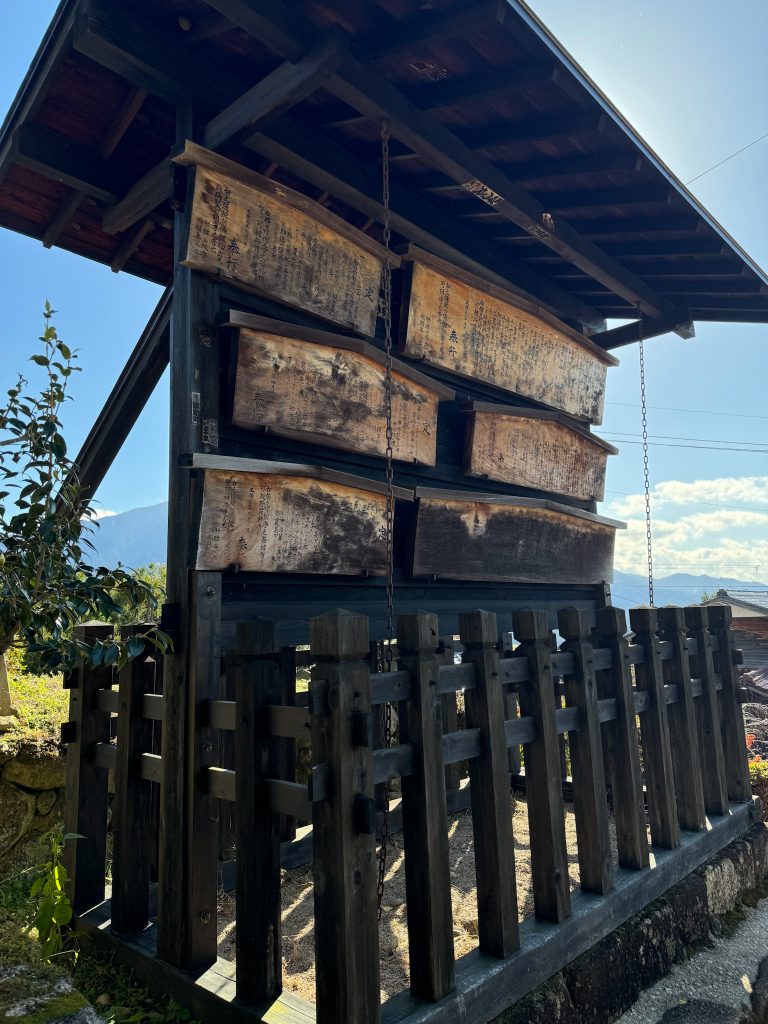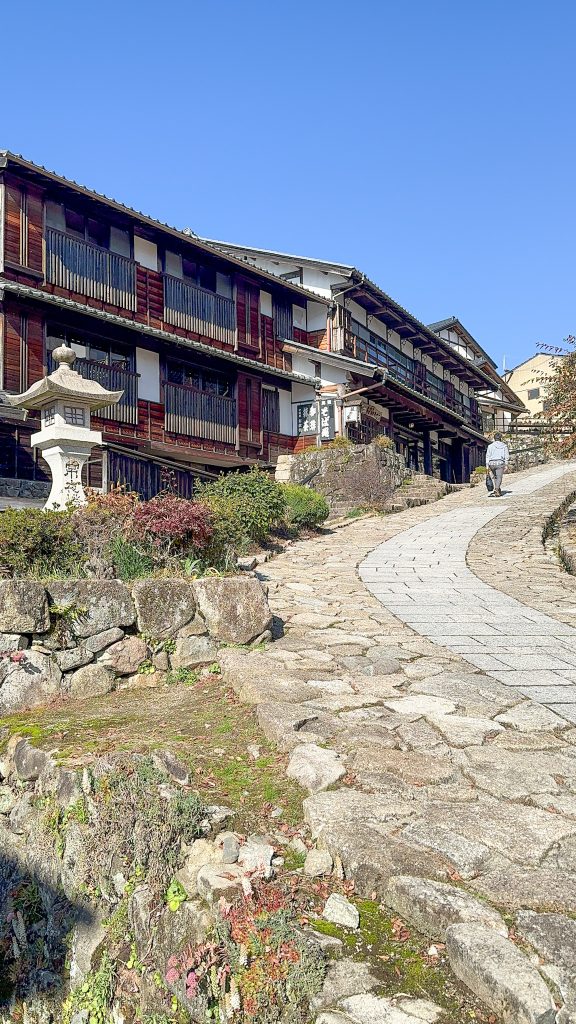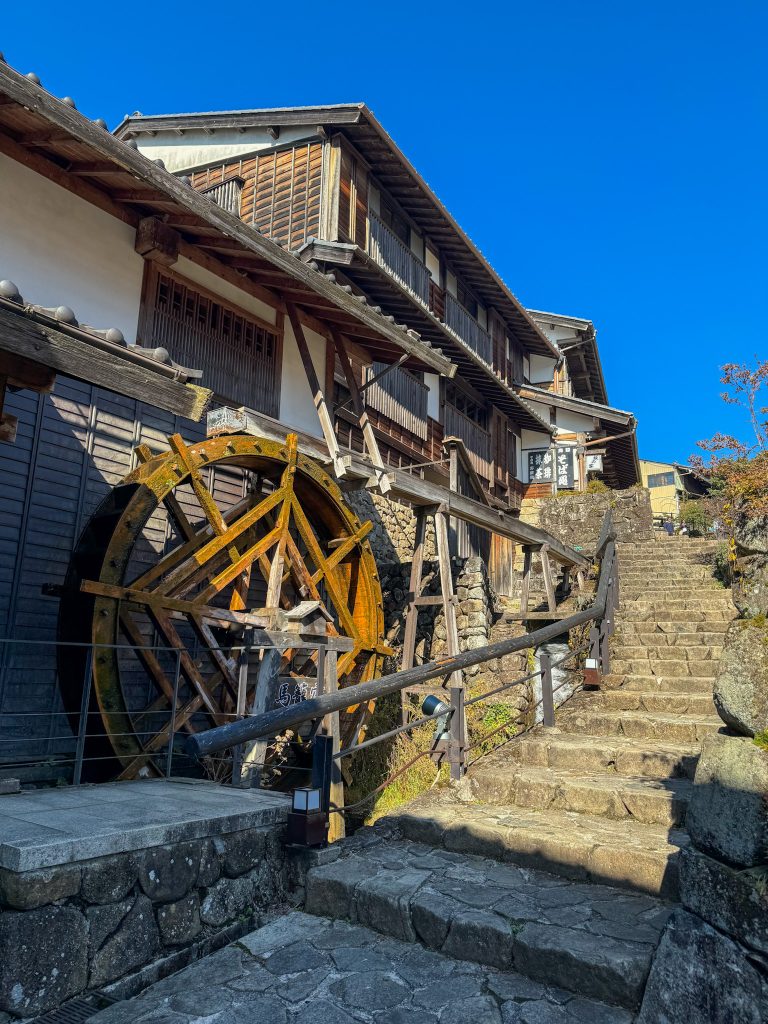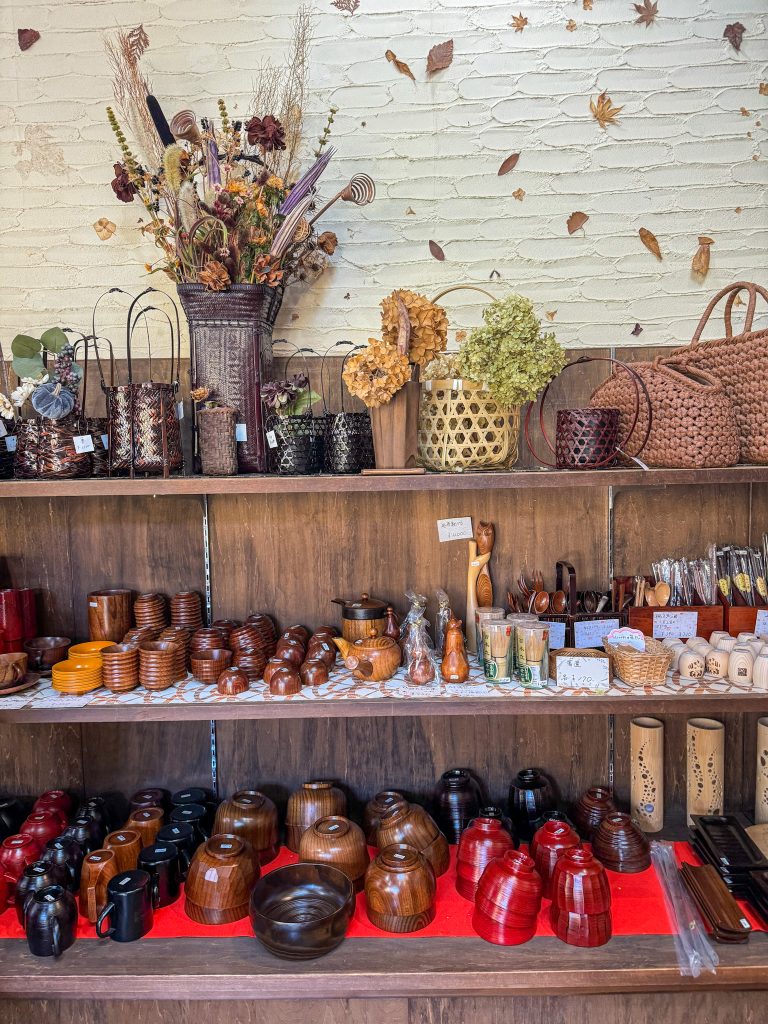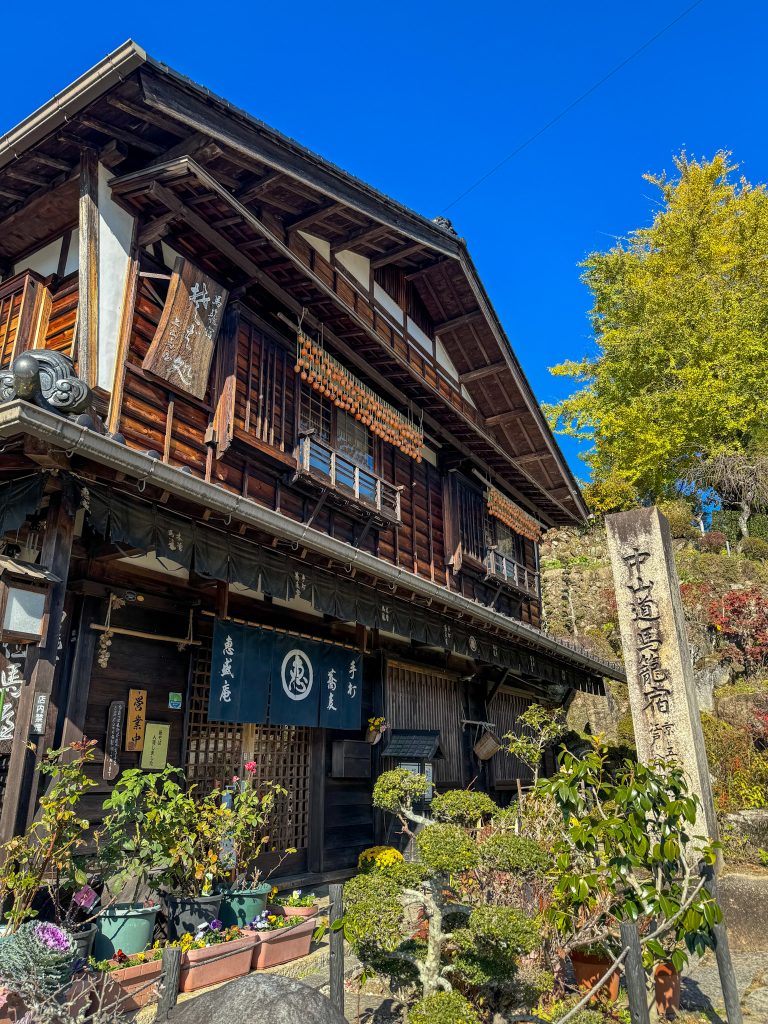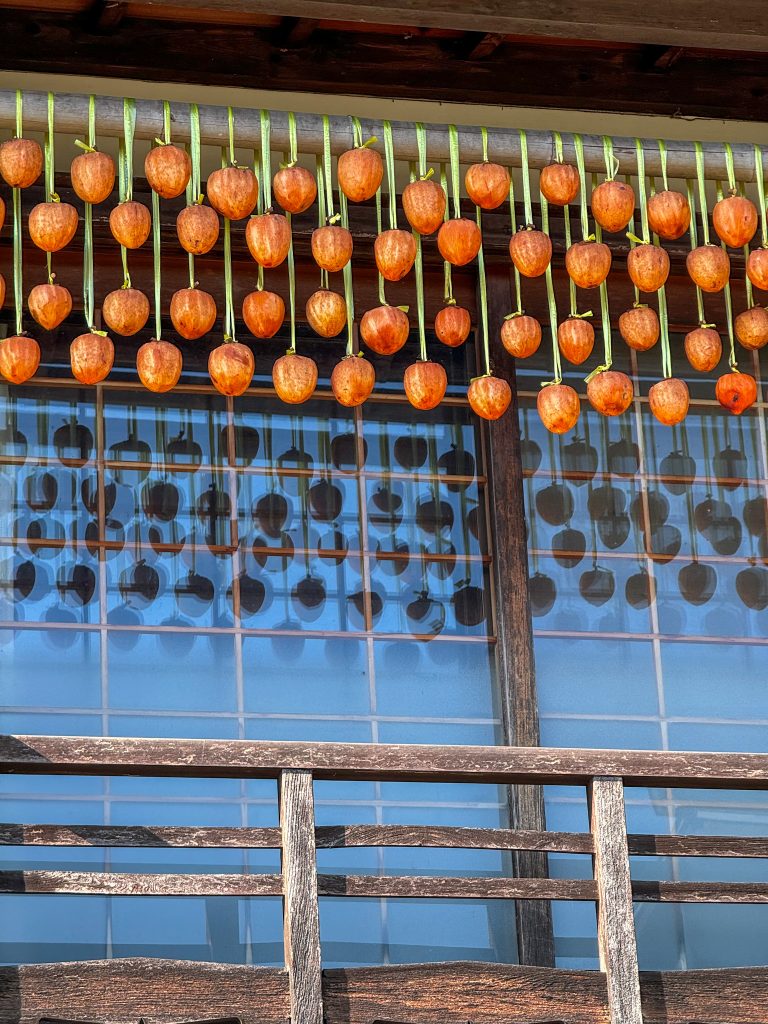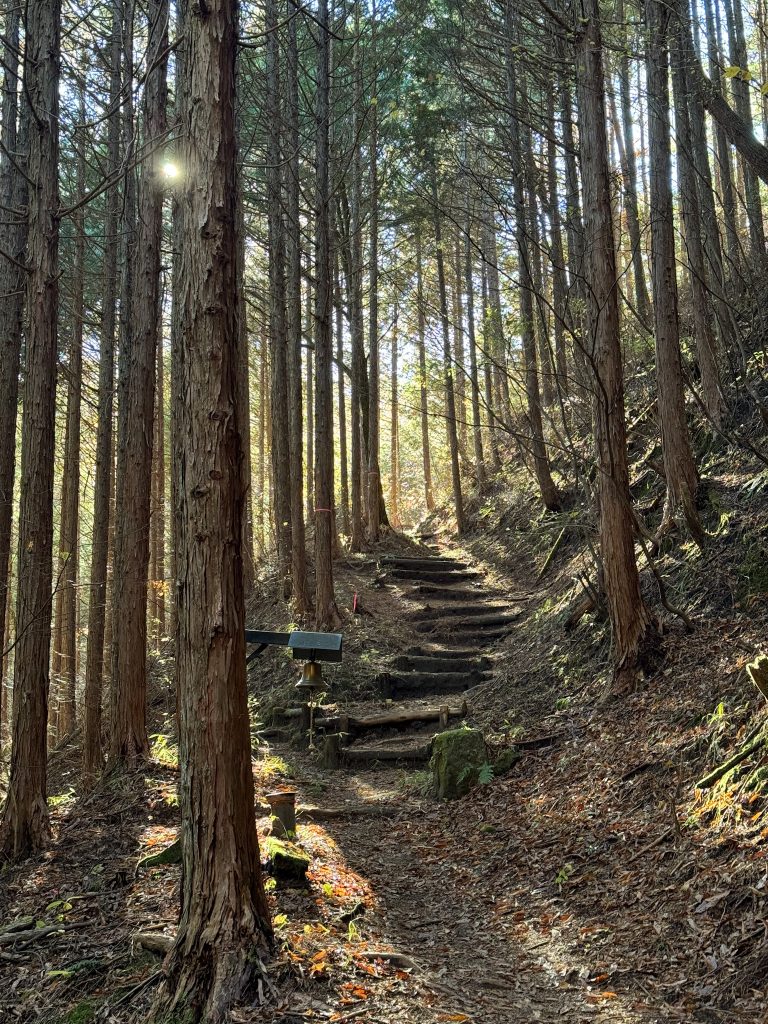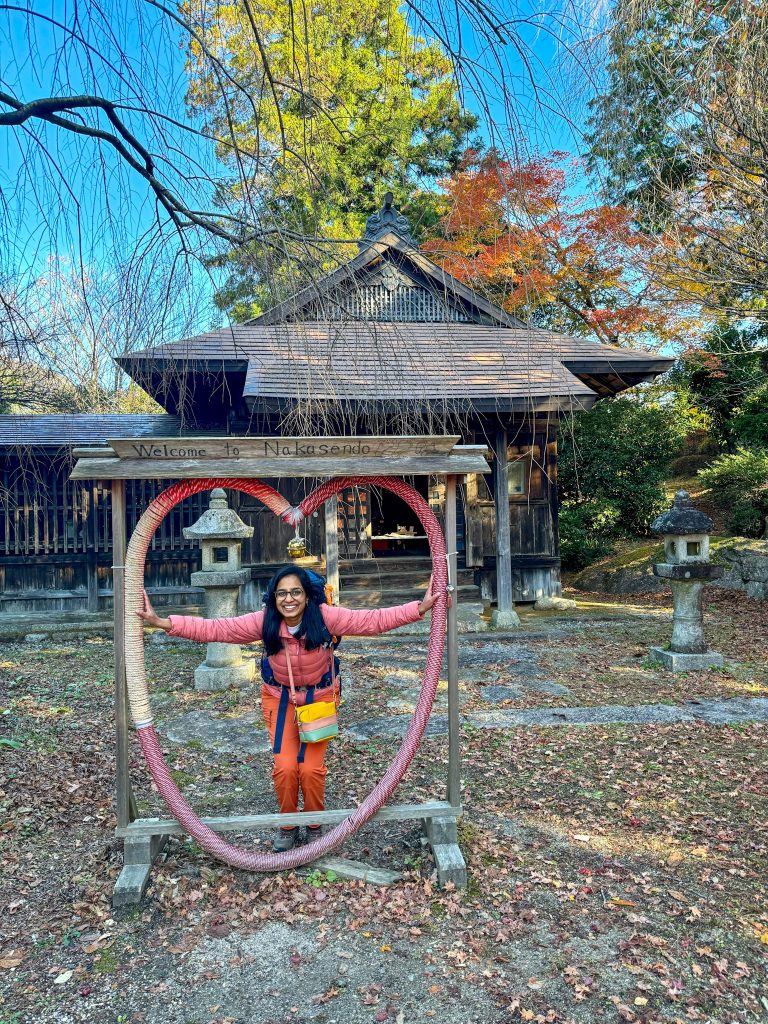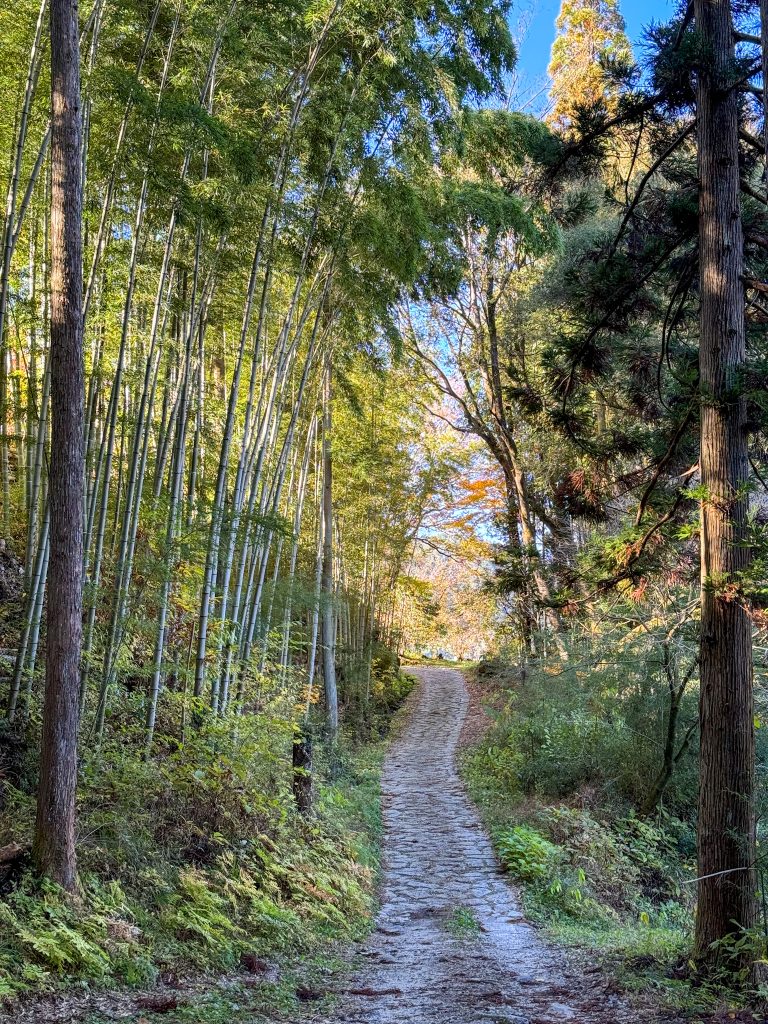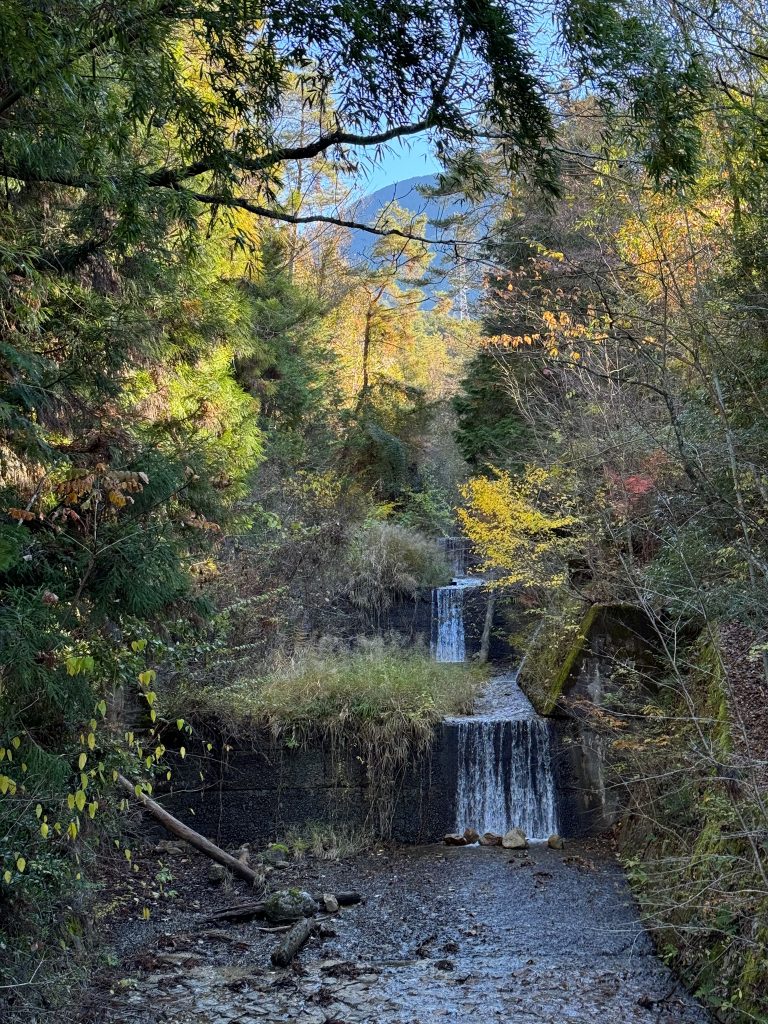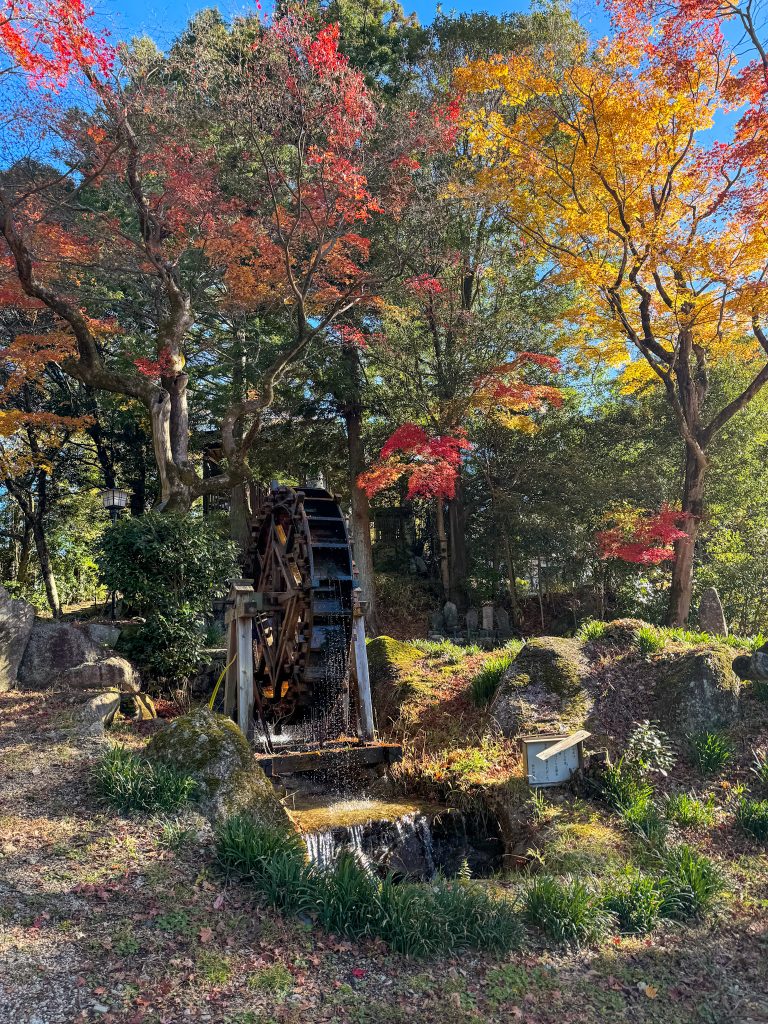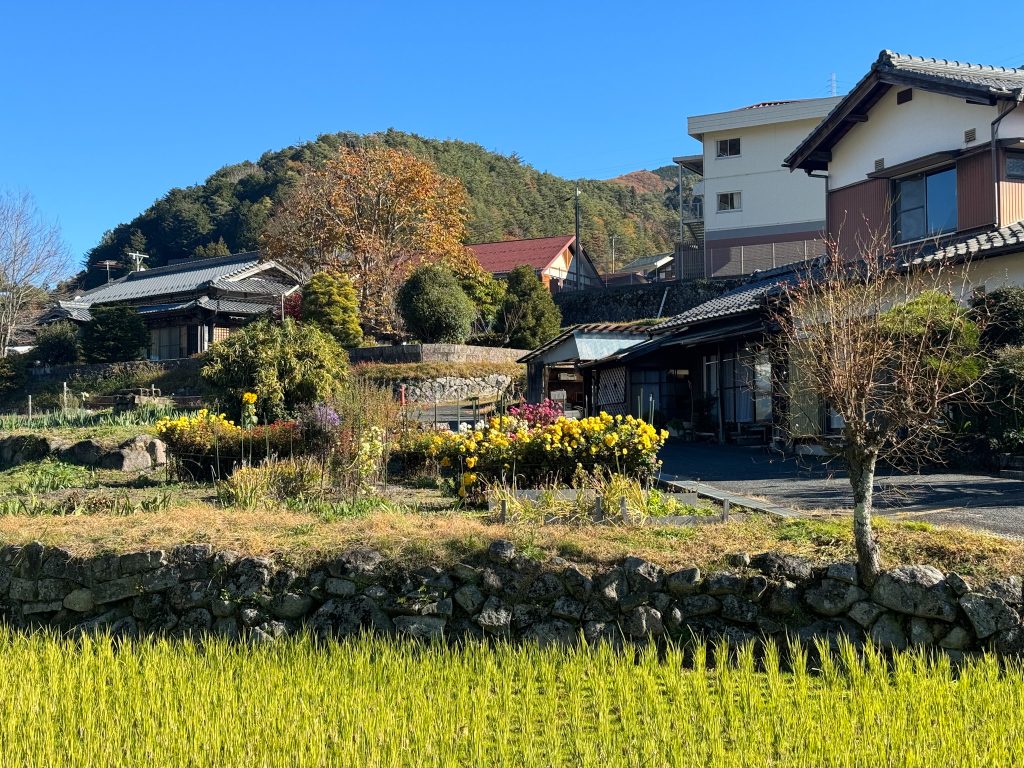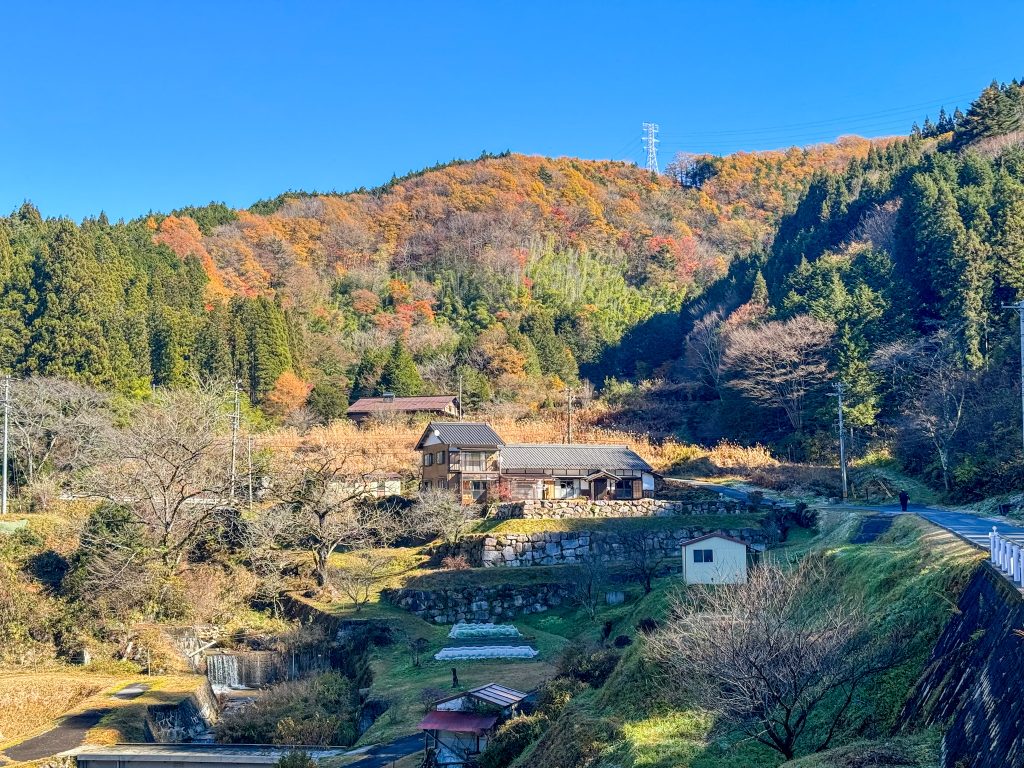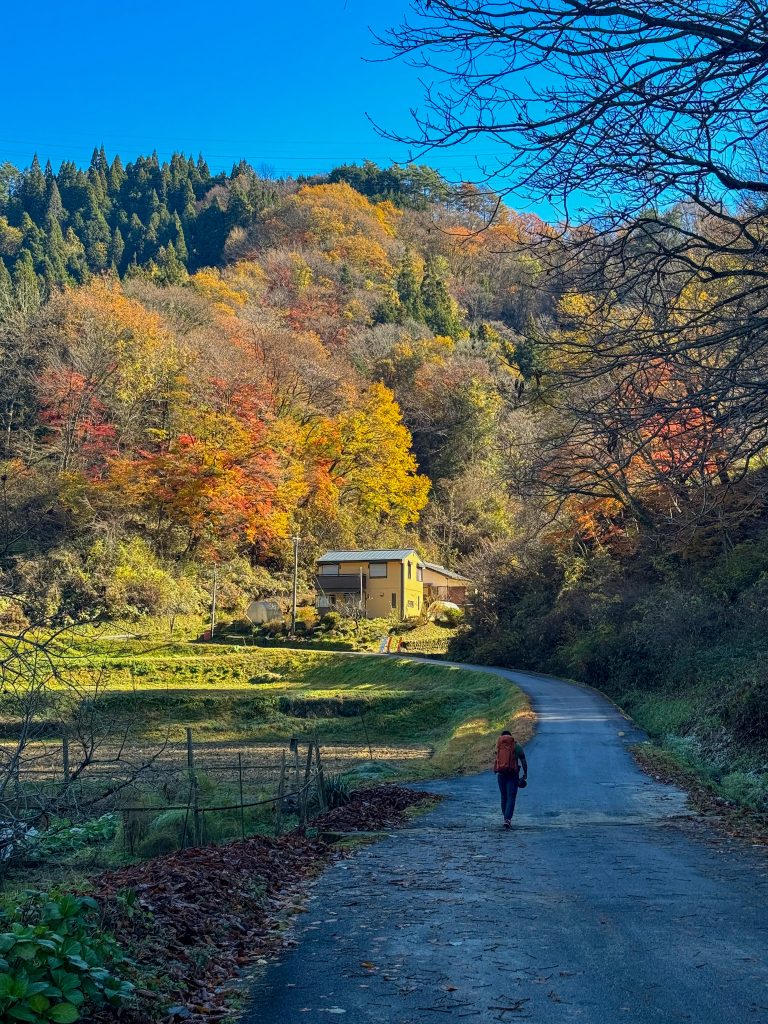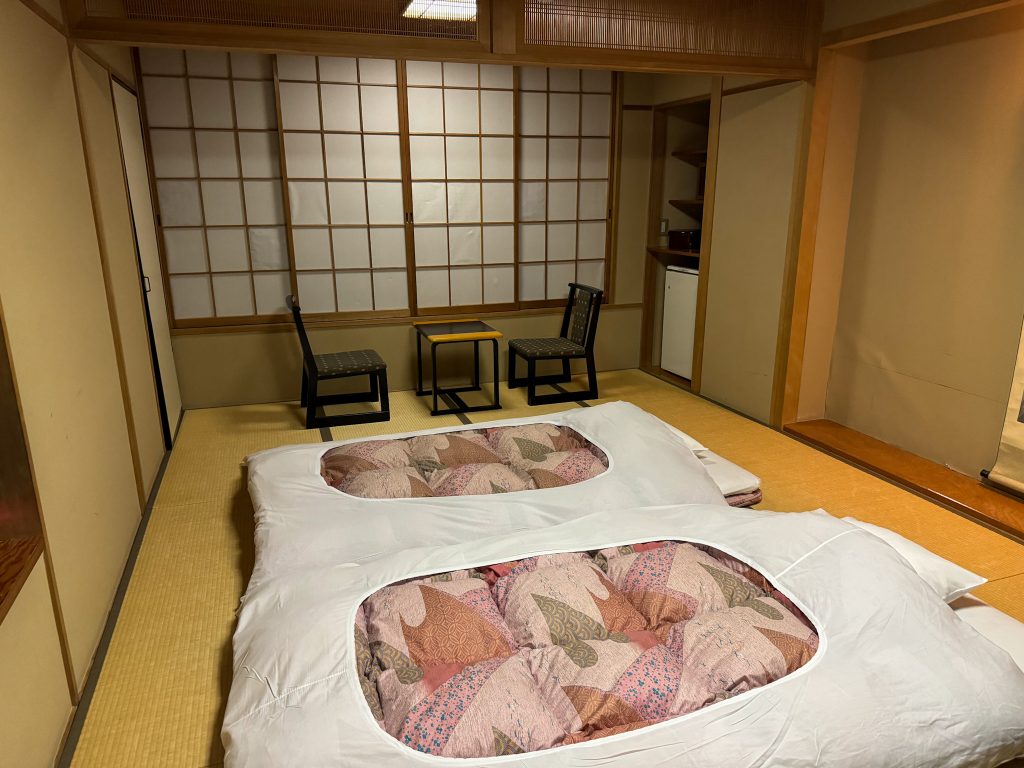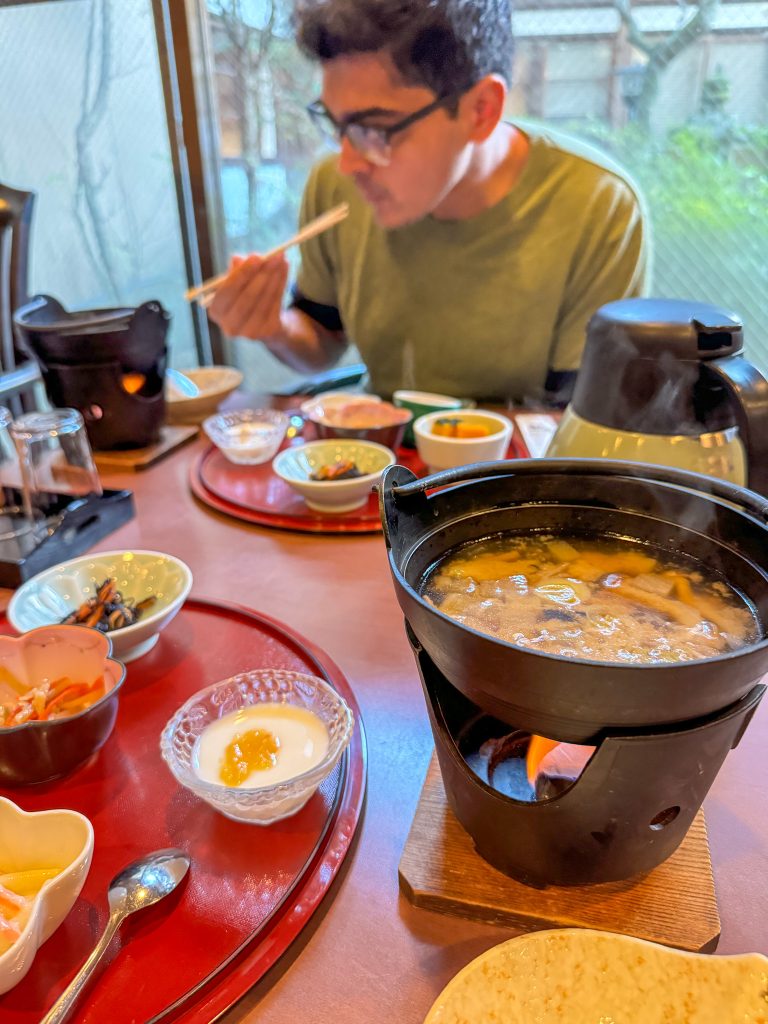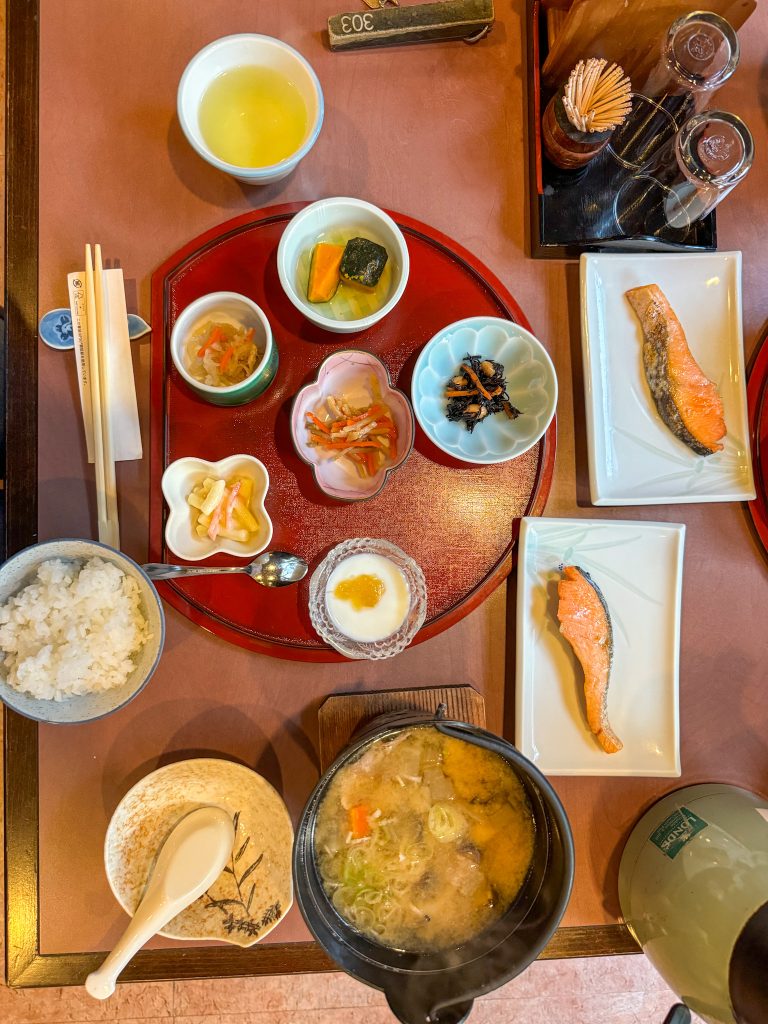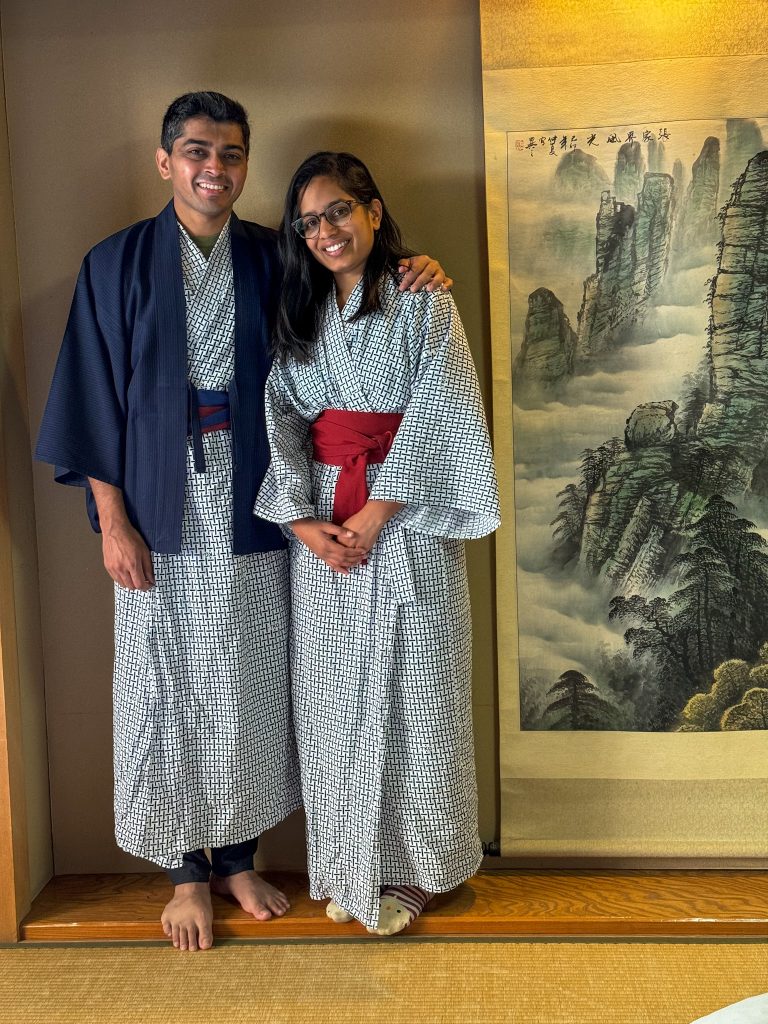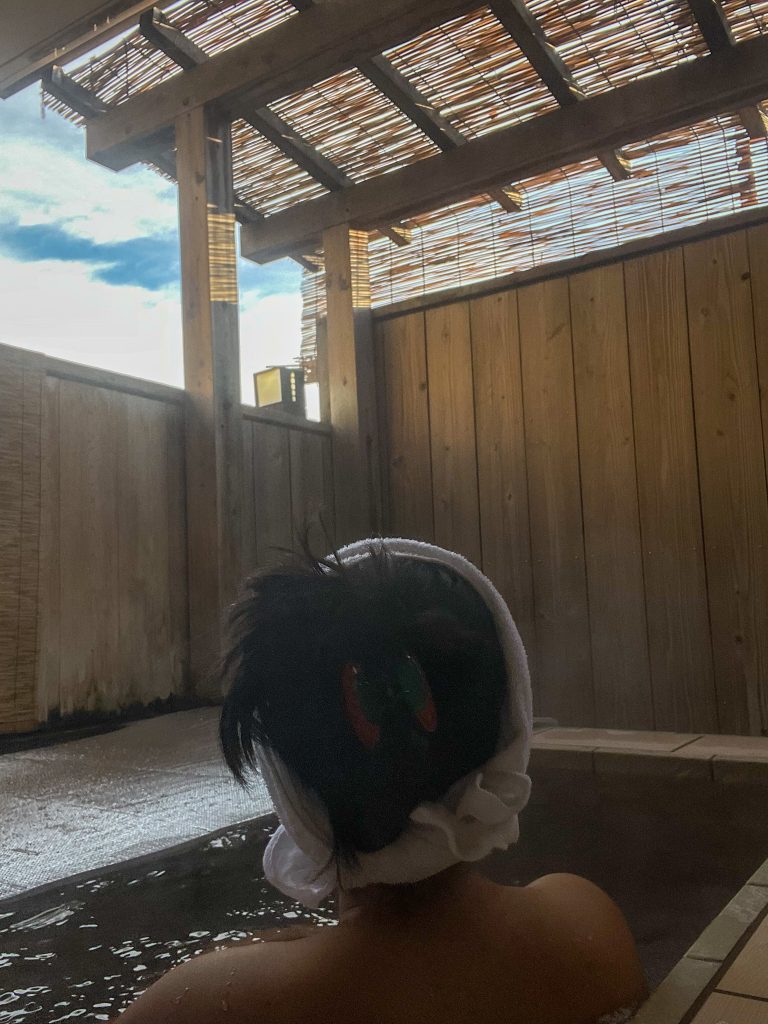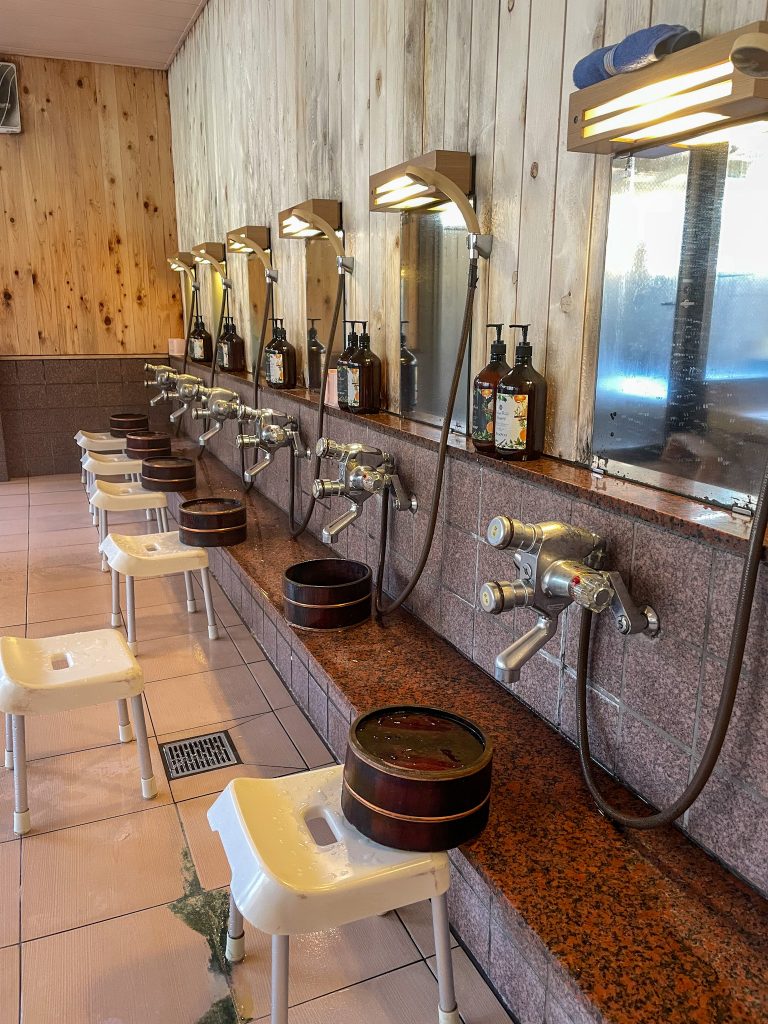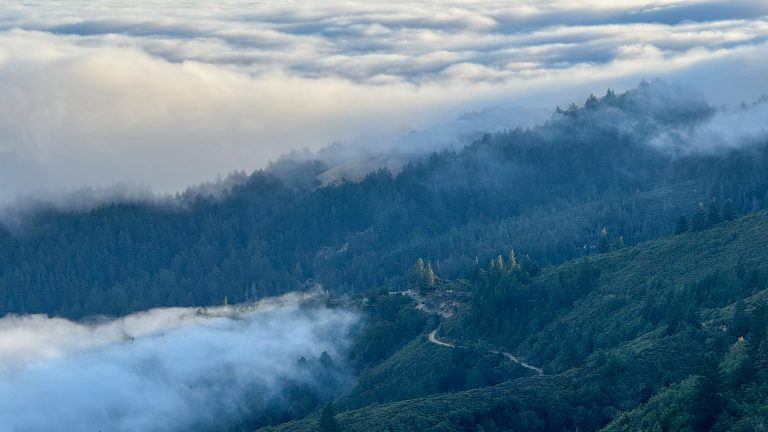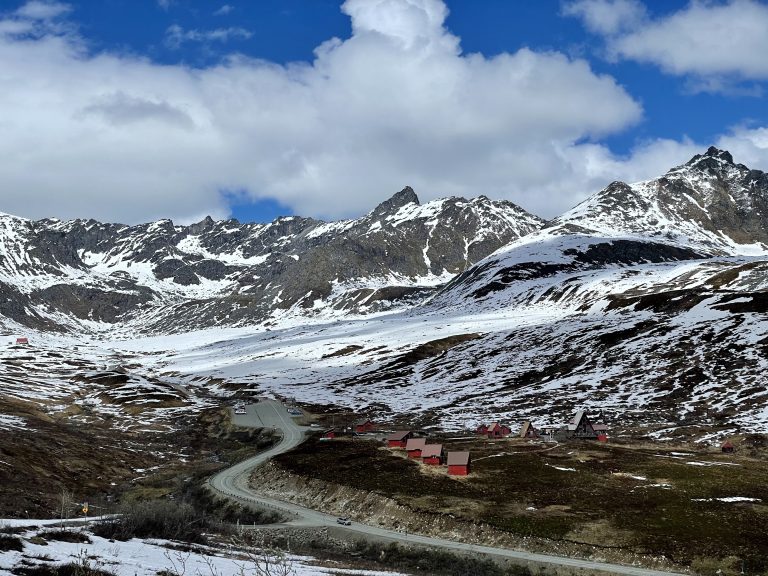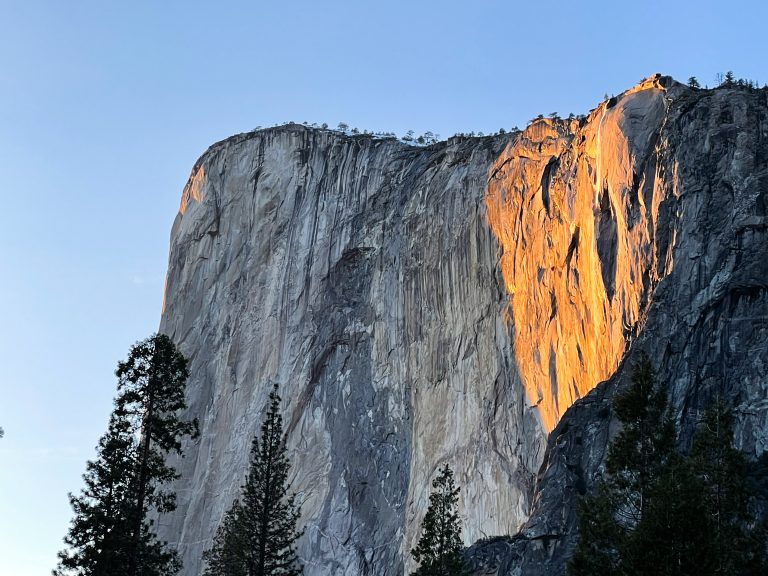Hiking the historic Nakasendo Trail: Japan’s most beautiful path
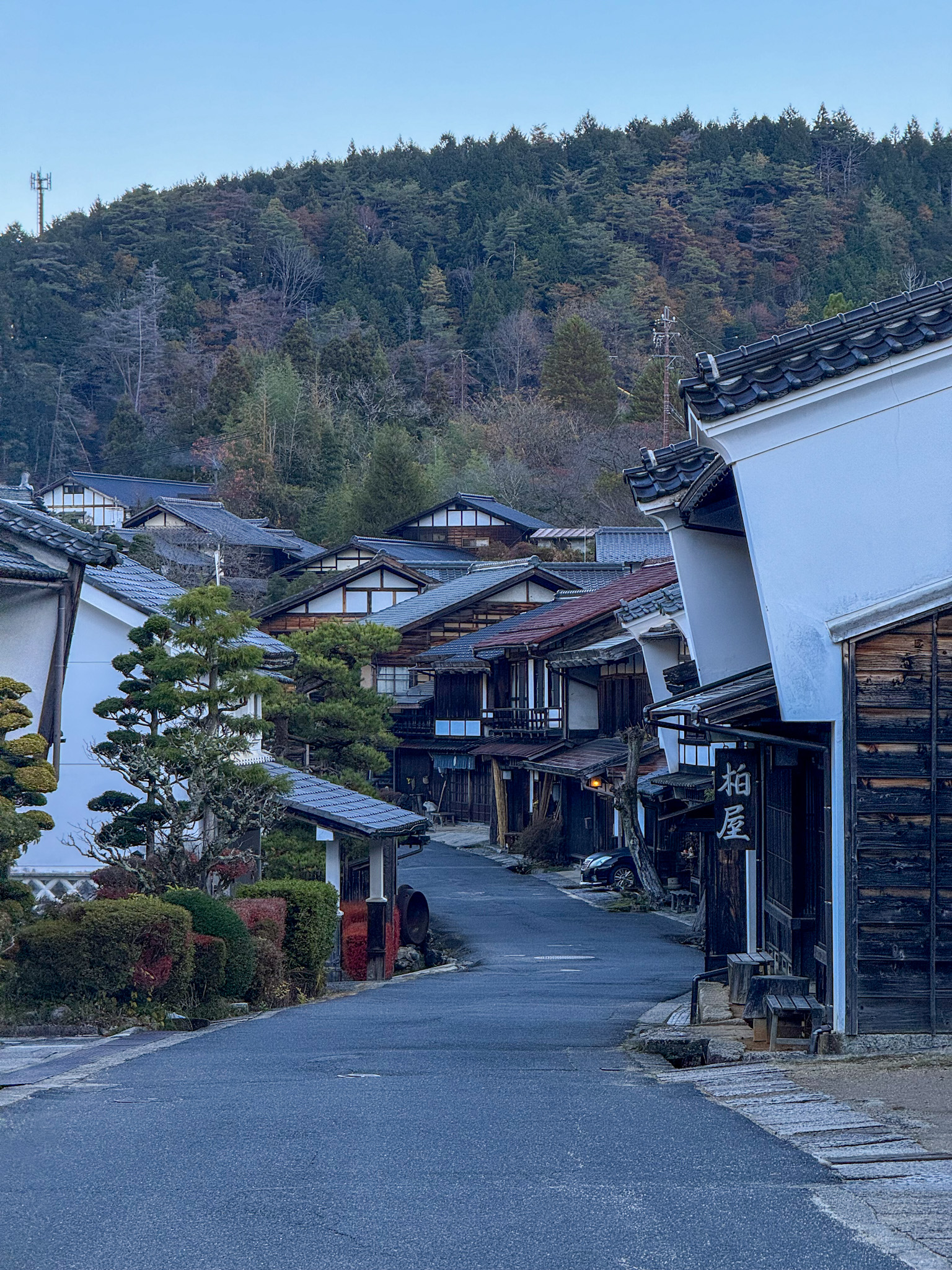
I’m not exaggerating when I say this was hands-down the best thing we did on our 10-day trip to Japan, and I can’t recommend it enough for anyone visiting to experience Japan’s culture, history, and natural beauty. Hiking the historic Nakasendo Trail (literally means ‘path through the mountains’) feels like stepping back into the age of samurais and feudal lords, offering an unforgettable, immersive slice of Japan.
The Nakasendo is one of Japan’s five legendary highways from the Edo period (1600s-1800s), connecting Tokyo and Kyoto across 64 post towns that once served as rest stops for weary travelers. As you walk, you’ll pass through the picturesque Kiso mountains, forested paths, and serene waterfalls. Some of these post towns are preserved just as they were centuries ago, adding to the feeling of an authentic journey through time.
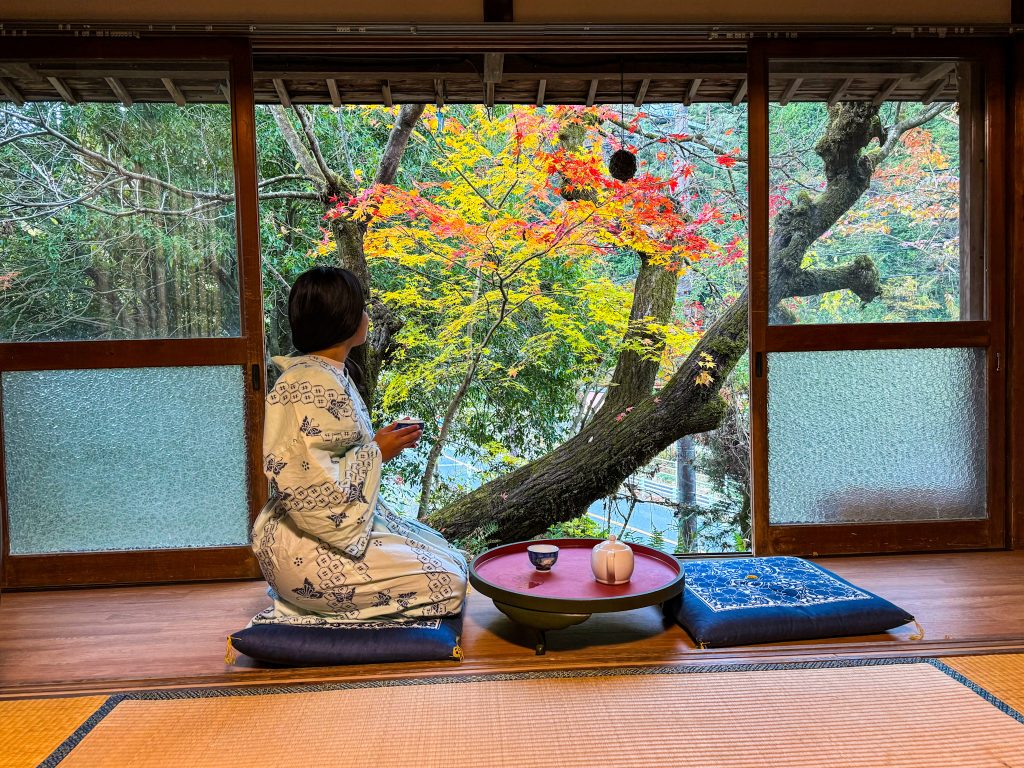
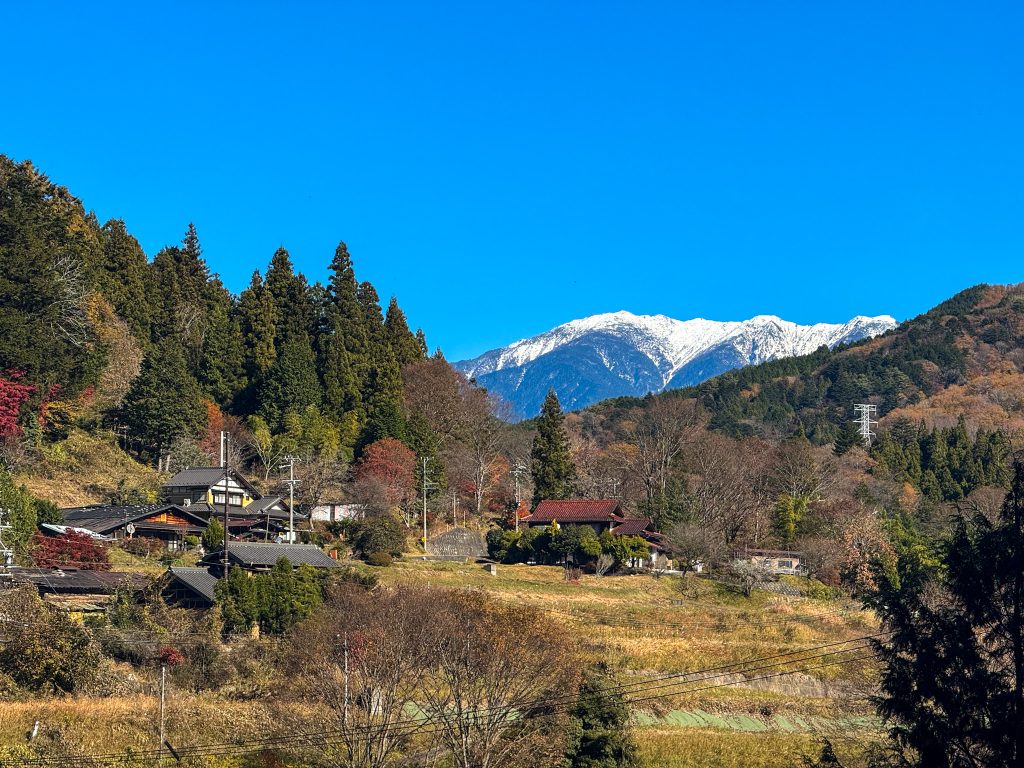
How long does it take to hike the Nakasendo?
If I could, I’d probably spend months exploring every inch of the Nakasendo Trail (and still want more!). But since that’s a bit ambitious for most of us, here’s the lowdown on how long you might want to plan for.
The most popular stretch of the trail is between Magome and Kiso Hirasawa, and you can enjoy it in as little as 1-3 days. For those wanting a shorter adventure, a 1-day hike between Magome and Tsumago (see Day 1 of the itinerary) is a great option. This route takes you through two of the most charming post towns, and you can either stay overnight in Tsumago-juku or hike onward to Nagiso to catch a train to your next stop.
If you have a bit more time and want a deeper experience, a 3-day hike from Magome to Kiso Hirasawa will give you the best of what this historic trail has to offer. You’ll pass through scenic post towns, forested paths, bamboo groves, and peaceful rural villages—an unforgettable slice of Japan. For first-time visitors, I’d definitely recommend this 3-day itinerary for a true taste of the Nakasendo’s charm.
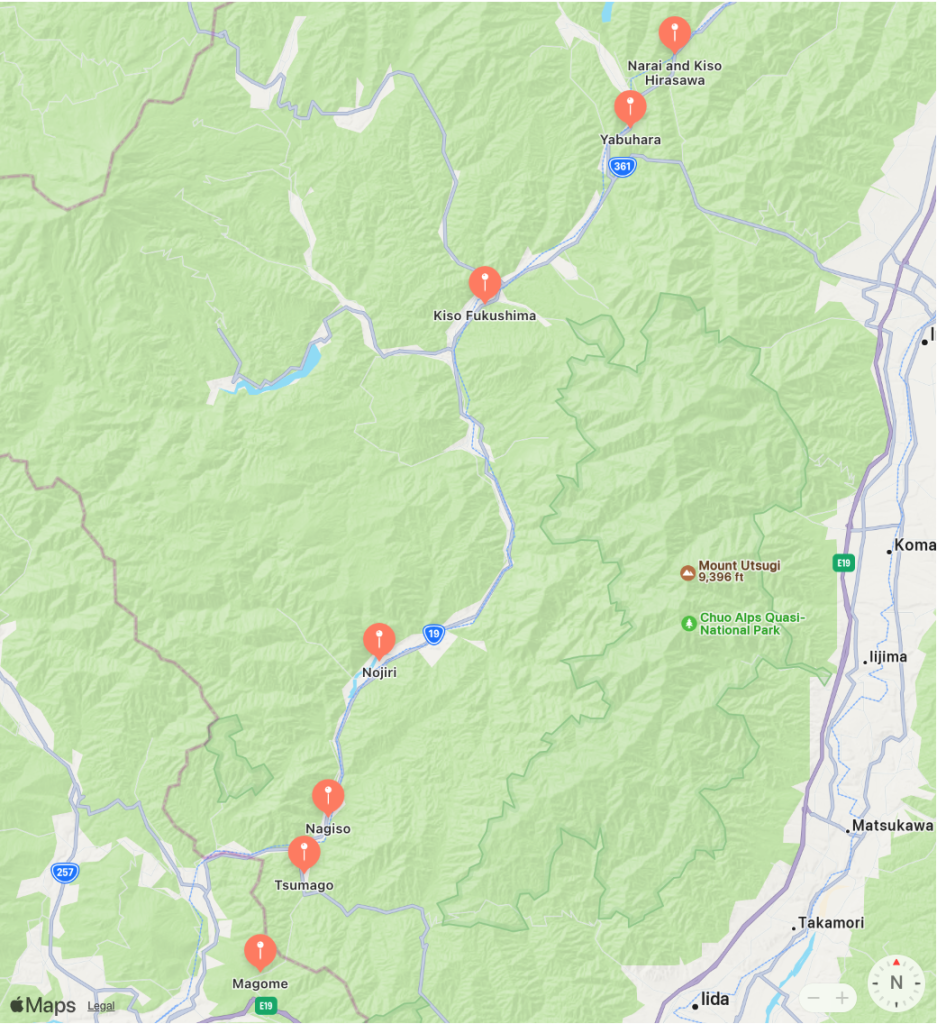
When is the best time to visit?
We went at the end of November, and the fall colors were breathtaking along the route! The weather was just right—not too hot, not too cold. For peak fall colors, though, I’d recommend mid-November, when the leaves are at their most vibrant.
Generally, the best times to hike the Nakasendo Trail are spring (April and May) and fall (October and November) when temperatures are comfortable and the scenery is spectacular. Summer can be quite hot and humid, and there’s a higher chance of typhoons, so it’s best to avoid it if possible.
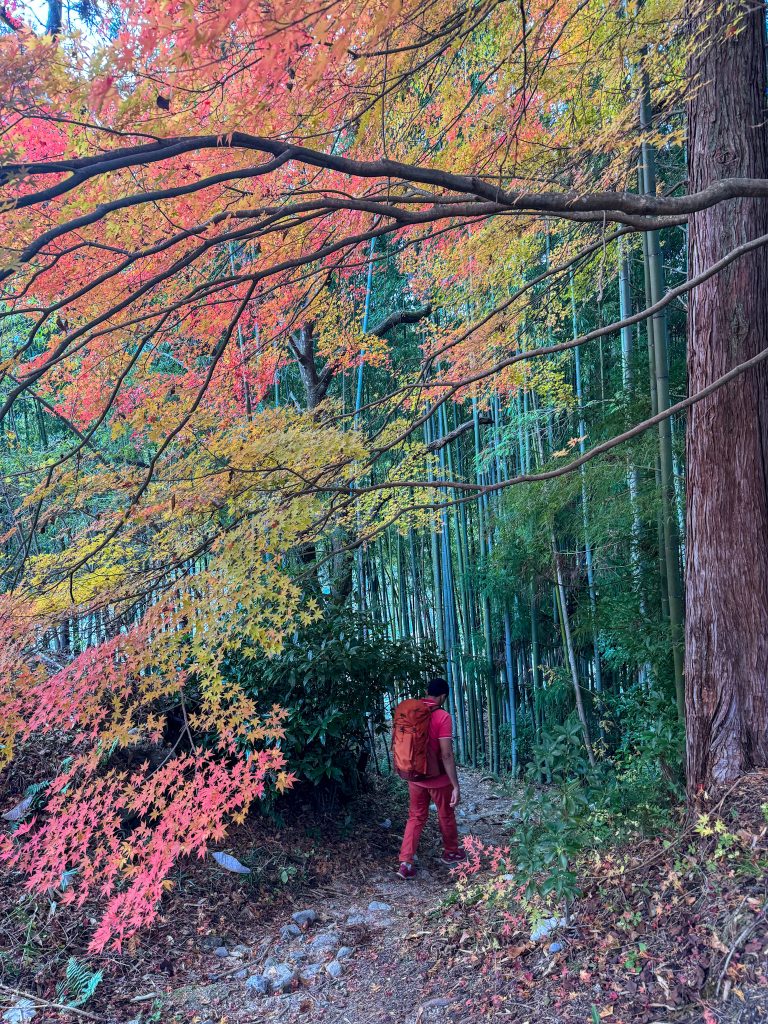
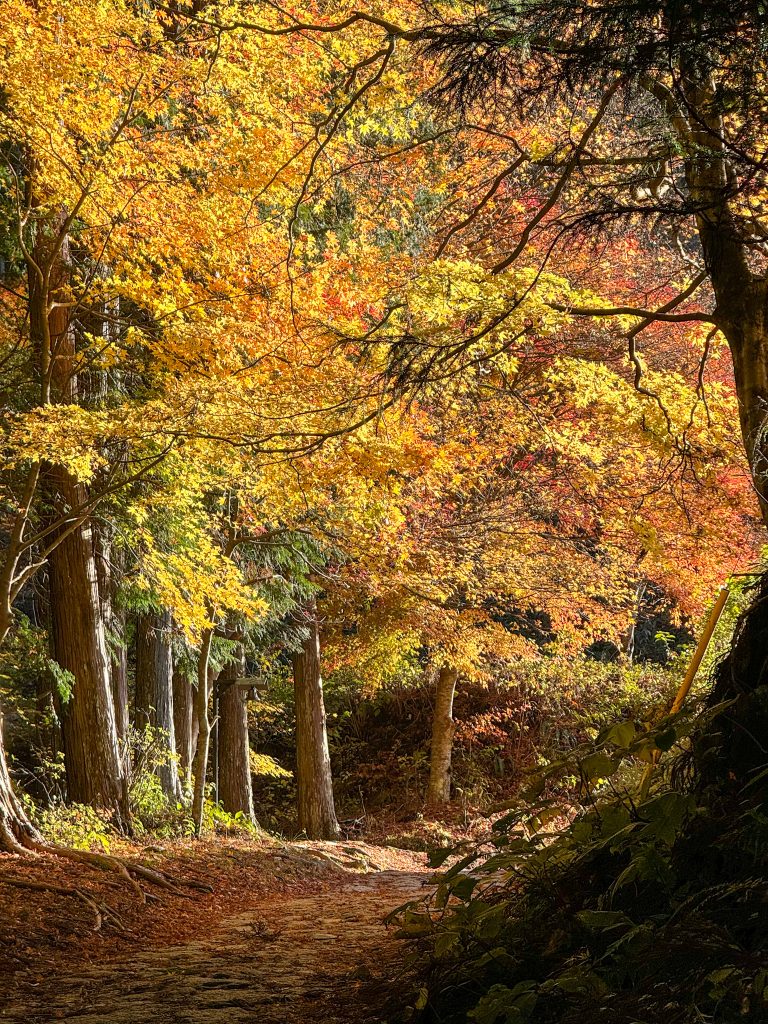
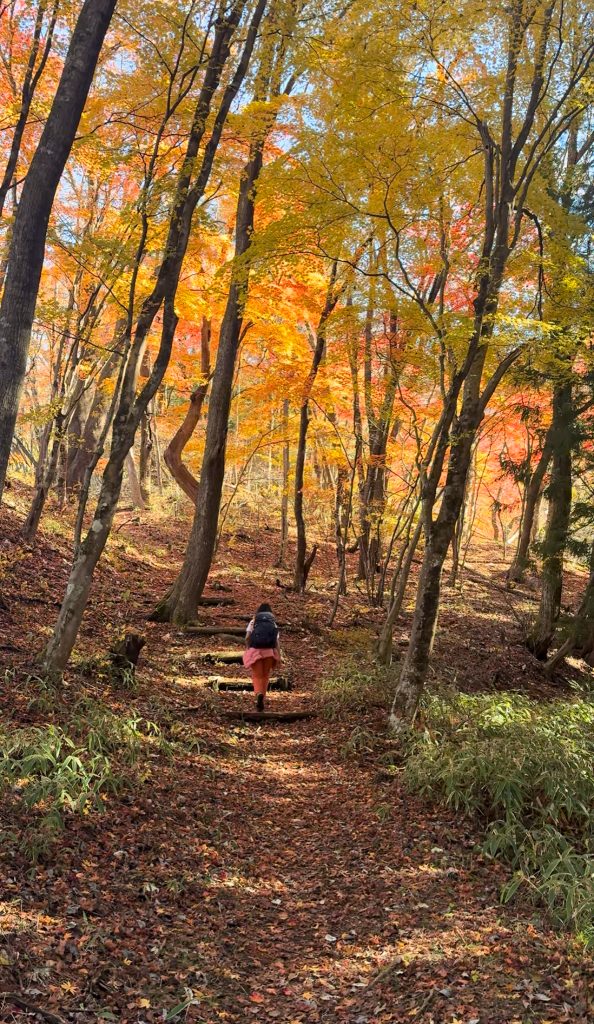
3 Day Itinerary for the Nakasendo Trail
Day 1: Magome to Tsumago
Magome is one of the three best post towns you’ll come across on this itinerary and makes a great place to start the journey. The first stretch of Nakasendo is around 6 miles and 1000ft elevation gain. This stretch of the journey is also the most popular part of the Nakasendo route and we found it a bit more crowded than the rest. It is also the stretch with the most clear directions at every turn.
A day before starting the hike we made our way to Nagoya where we stayed the night. We took a 2-hour bus from Nagoya to Magome in the morning to start our hike. The bus left us near a parking lot with a small restaurant and we walked around 1 mile to the town of Magome.
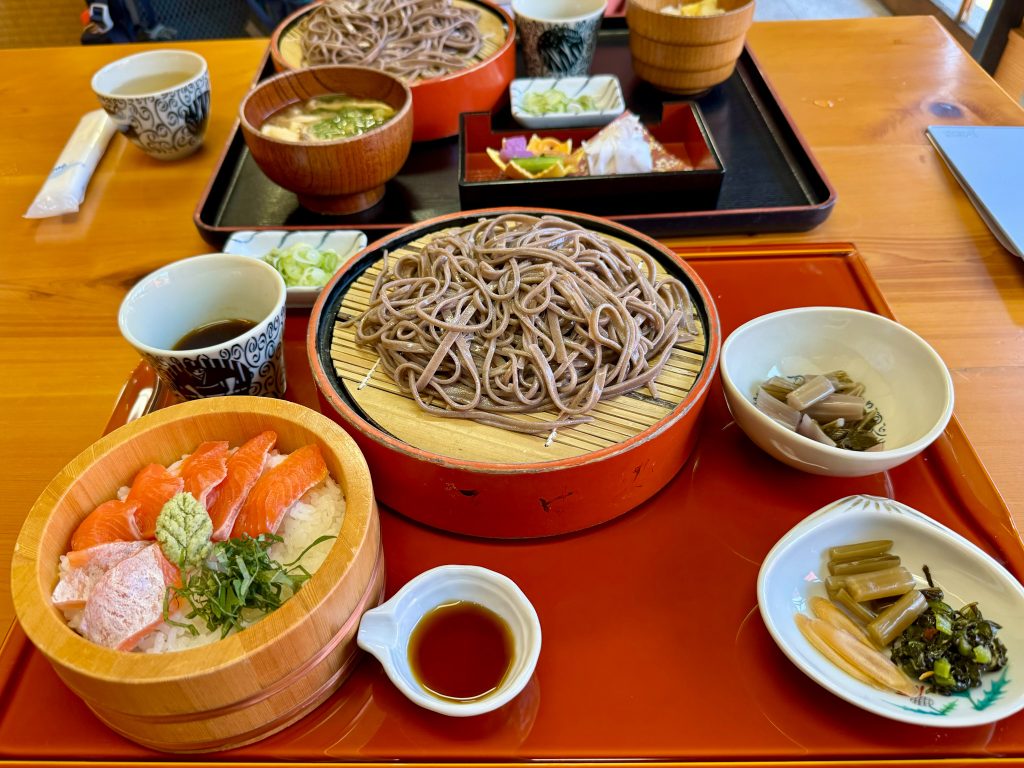
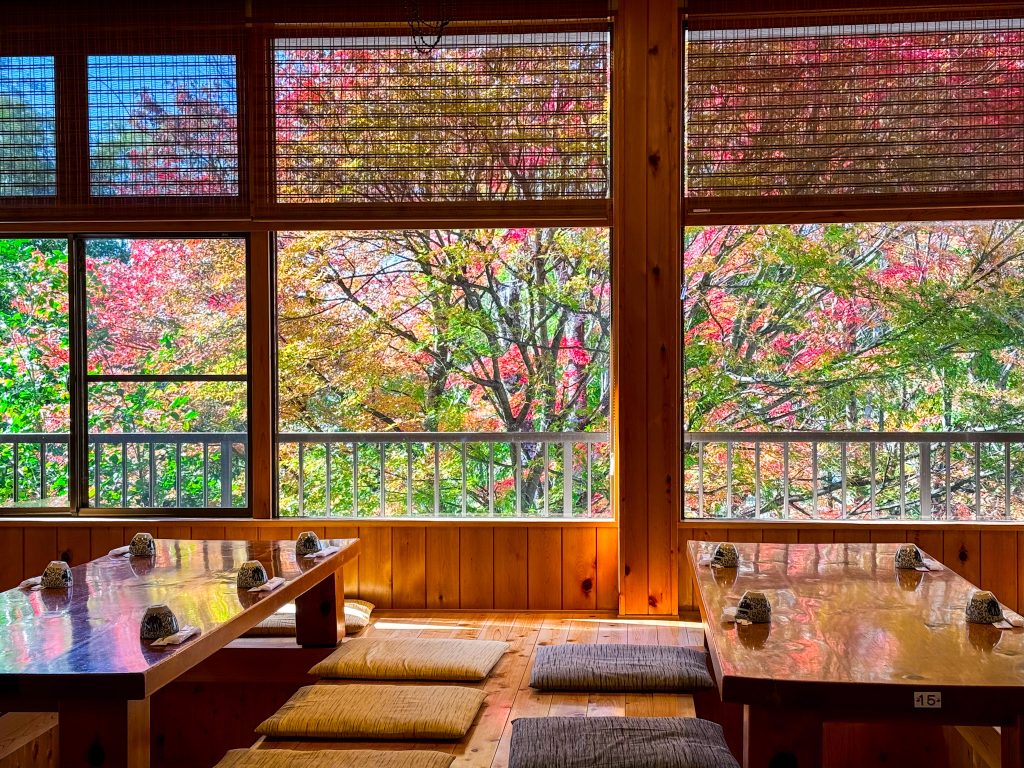
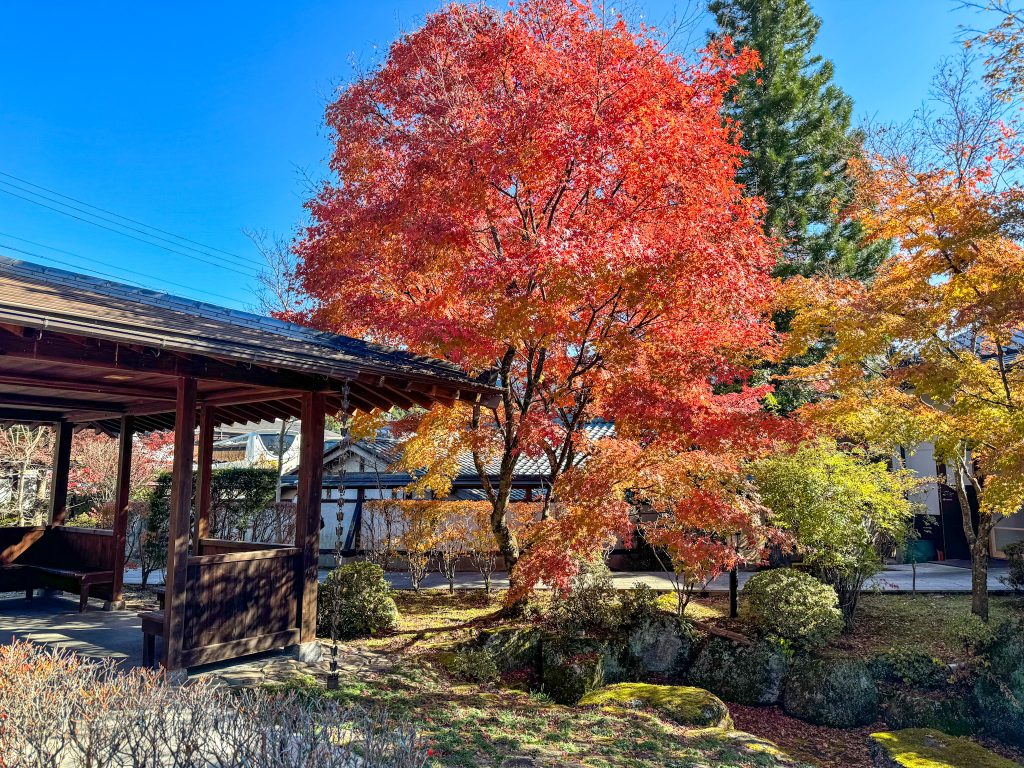
Tips for luggage handling
Magome Juku
Magome Juku is a quaint charming town with a cobblestone street that is lined with beautiful old wooden buildings on either side which now function as ryokans, shops, and restaurants. You’ll come across multiple old-fashioned water wheels that add to the charm of the street. We stopped at Magome-ya to grab a delicious soba noodle lunch and I also highly recommend tasting the local water chestnut softie.
The tea house and the waterfalls
The trail past the end of the town goes through old cedar forests and bamboo groves towards Tsumago Juku. In fall, you’ll be greeted by colorful maple trees and persimmon trees. Midway, a traditional tea house from the Edo period serves free tea to tired travelers on the trail. The Irori hearth welcomes you with a warm embrace.
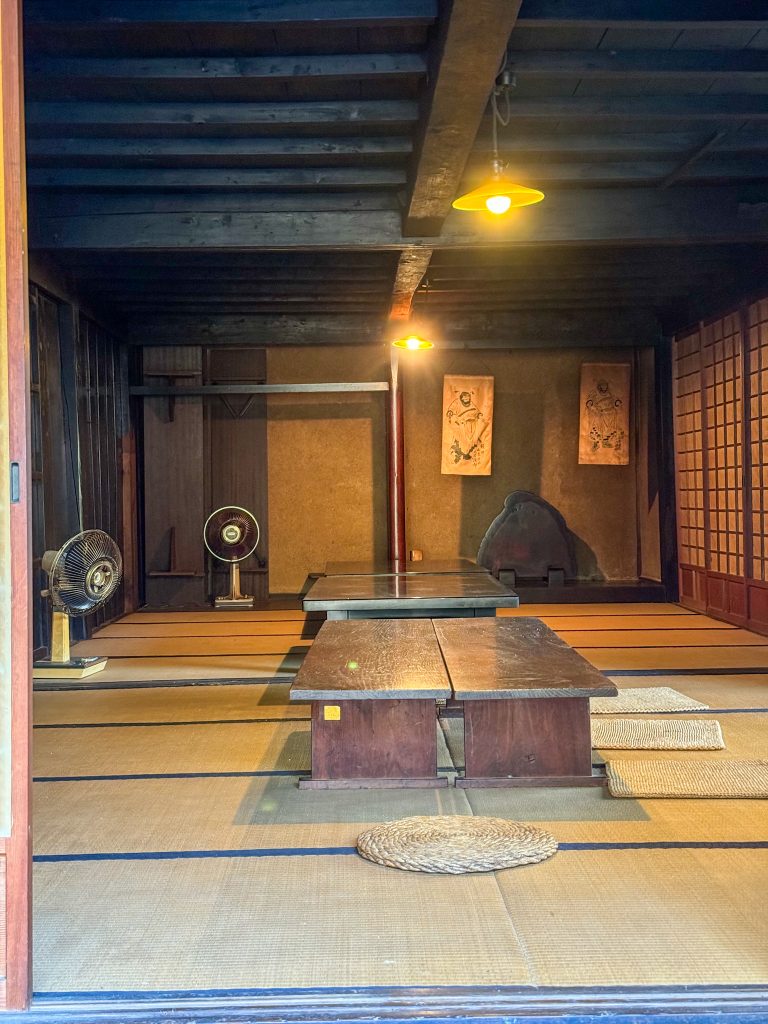
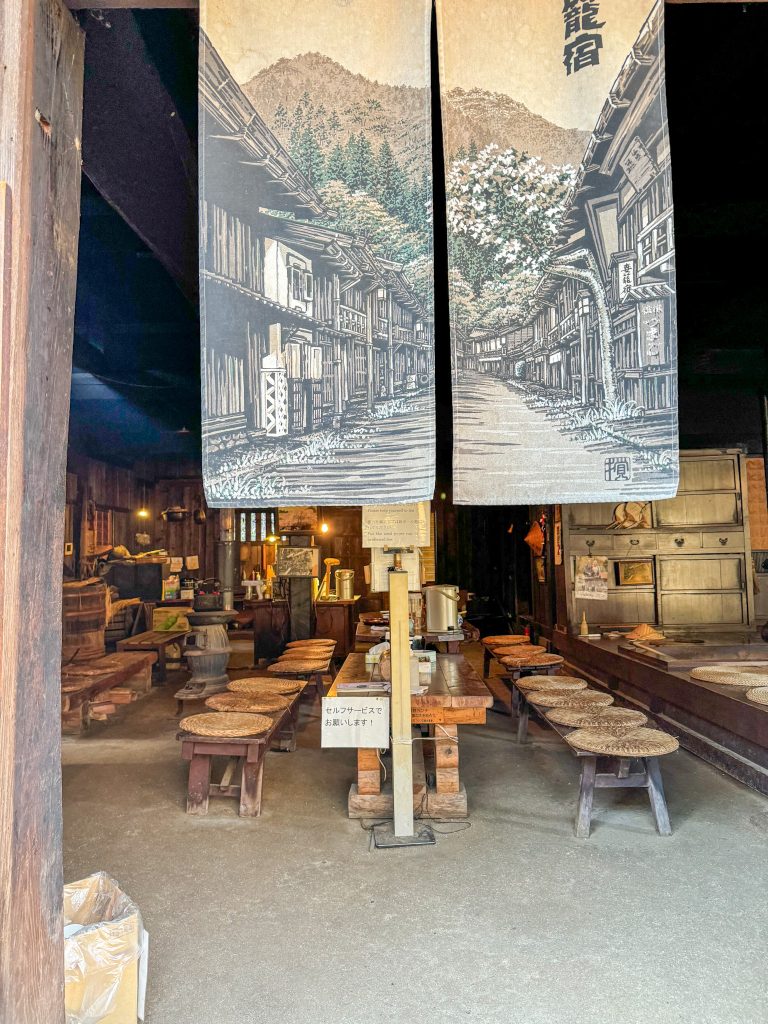
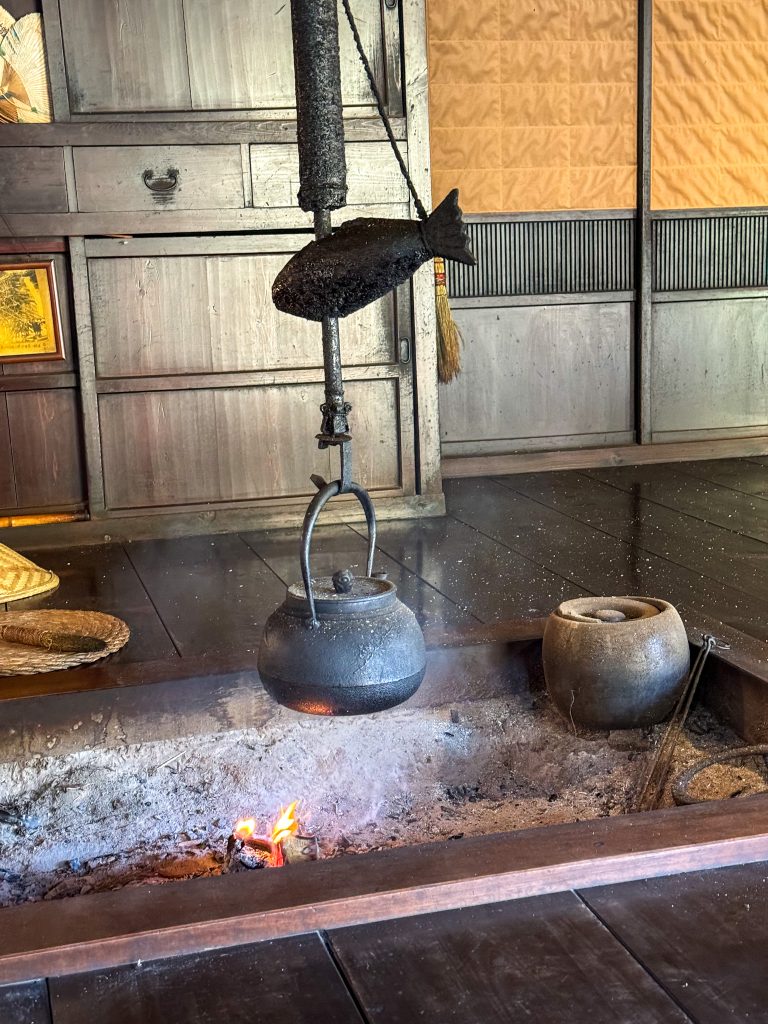
Past the tea house, the Odaki and Medaki waterfalls make a beautiful stop. The locals say that the legendary samurai, Musashi Miyamoto, used to practice his sword skills here. The bulletin board explains the two waterfalls were used by travelers to take a dip on their journey – Odaki for the men and Medaki for the women.
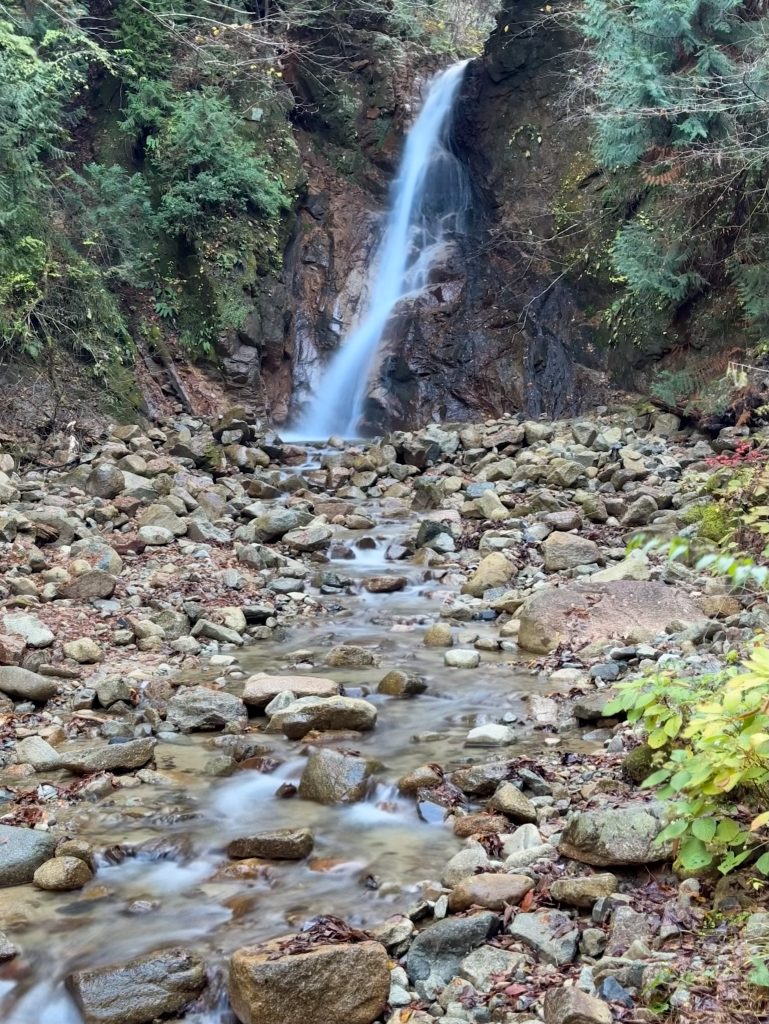
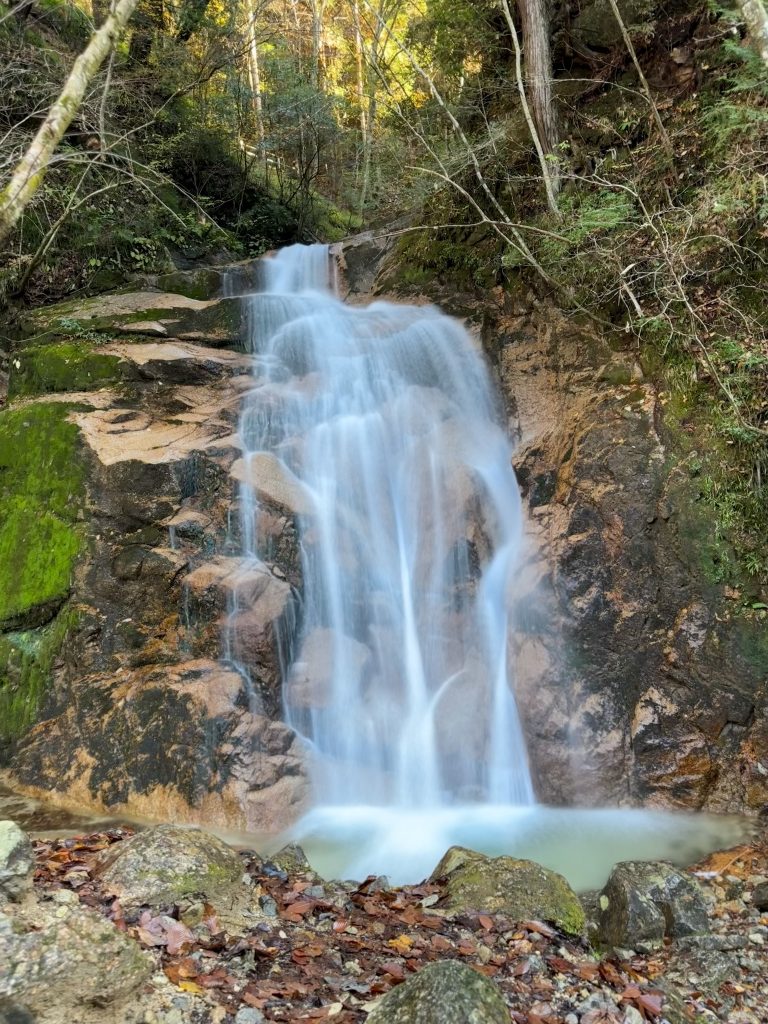
You’ll soon arrive at Tsumago, another charming town frozen in the Edo period and the second of the three best post towns on this route. We loved the streets of Tsumago, even more than Magome – they had fewer people around and felt less commercialized.
Stay at Tsumago
We stayed at a traditional ryokan in Tsumago for the night called Shimochojiya and it turned out to be the best stay in our entire trip. Suzuki-san maintained the inn and his hospitality was unmatched. He made us a delicious meal for dinner, set us up with beautiful yukatas, drove us to a nearby onsen at night to relax, and also set us up with breakfast very early in the morning just because he wanted to make sure we ate before we left on our hike.
The inn was tastefully decorated, and spacious and had a beautiful view of a colorful maple tree from the tea table. We sat there admiring the colors and sipping the warm tea after our hike.
Tips for reserving your stay
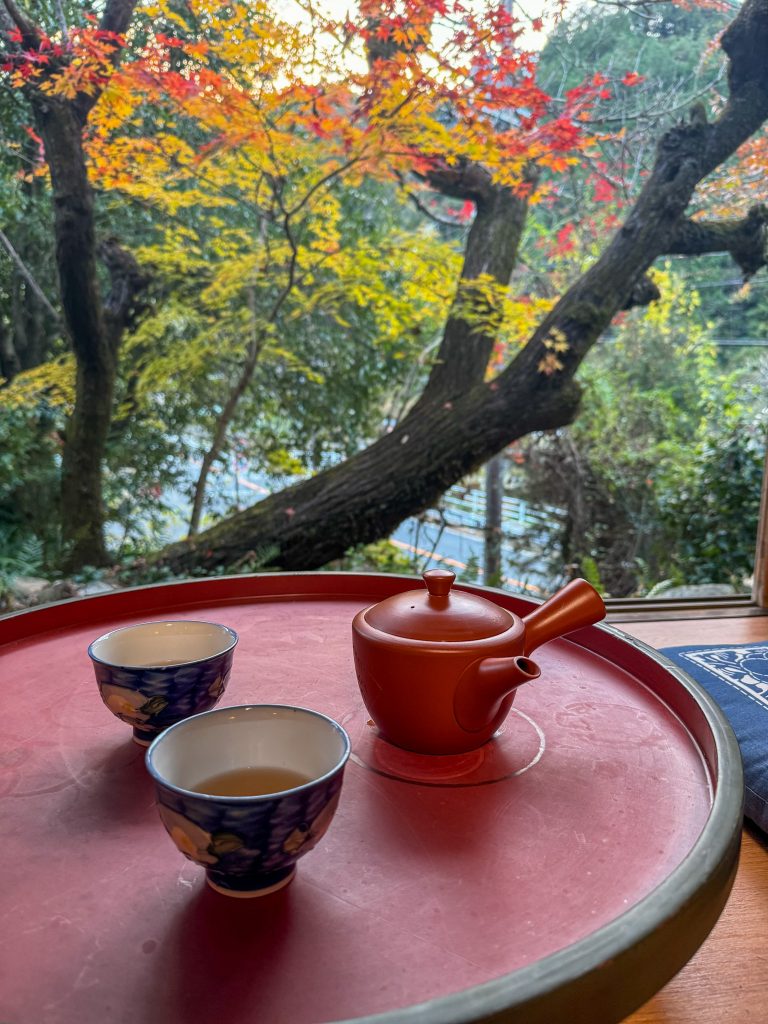
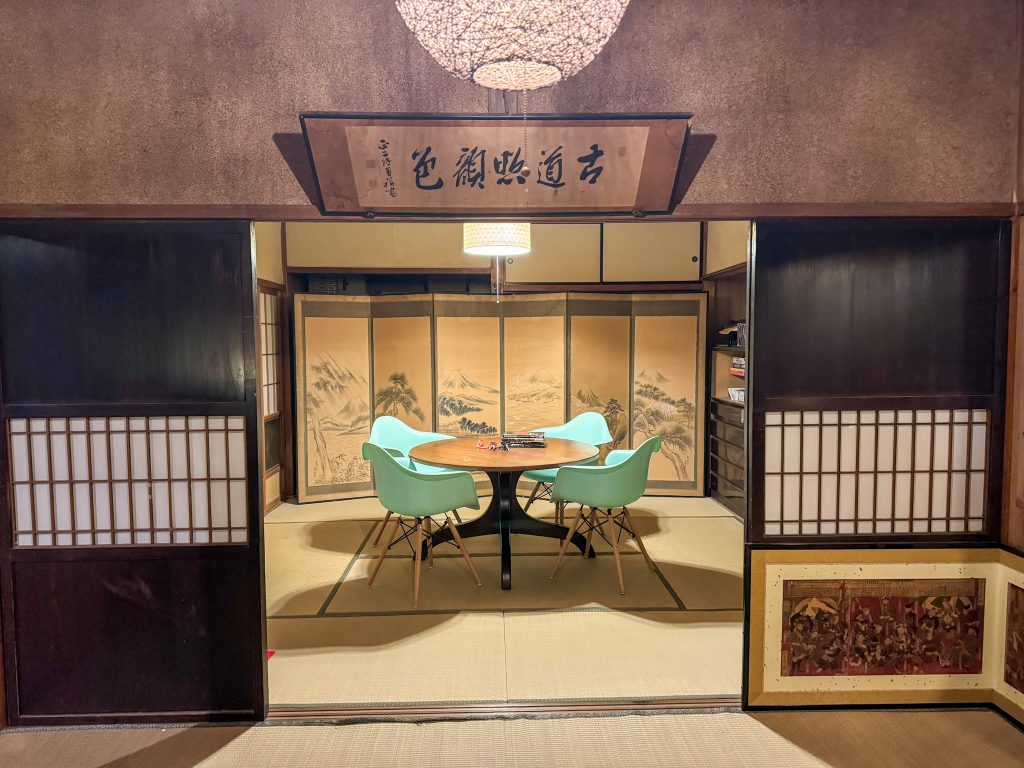
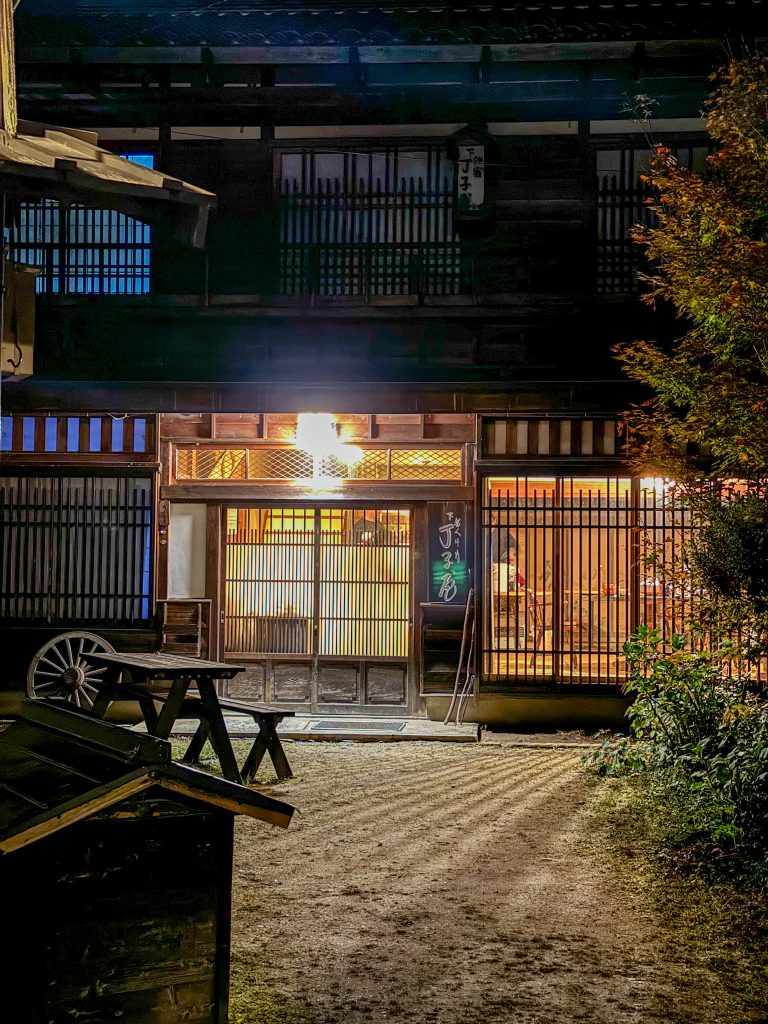
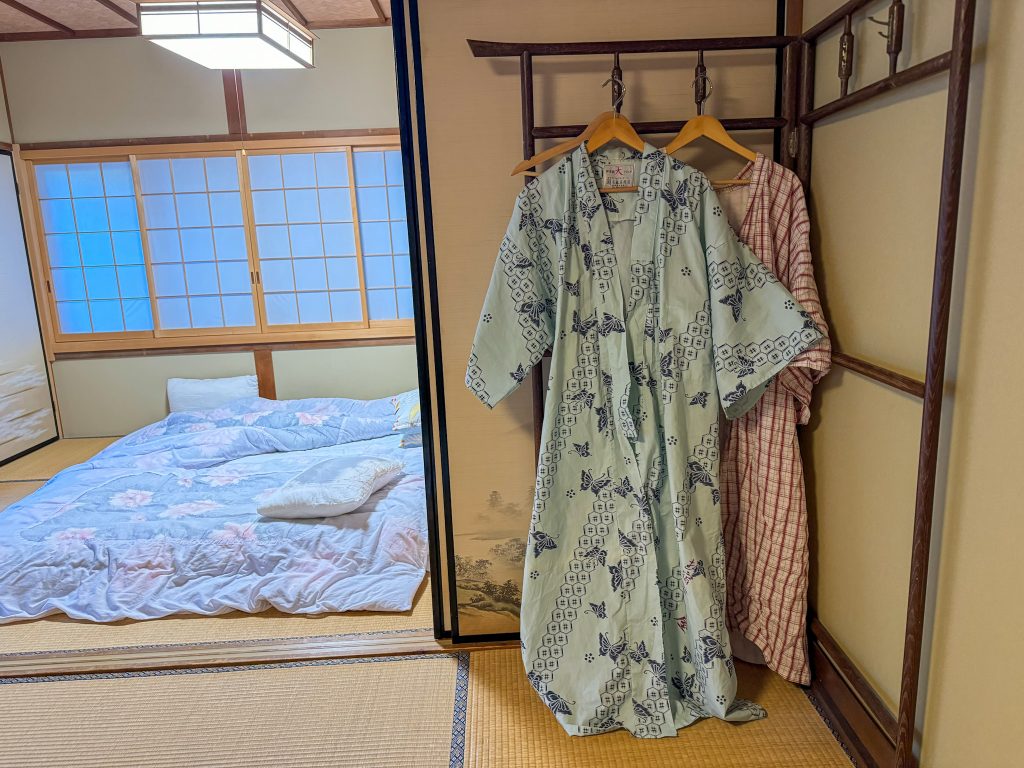
Day 2: Tsumago to Kiso Fukushima
The second leg of this itinerary will take you from Tsumago to the town of Kiso Fukushima – a larger town with onsens, ryokans, and known for local sake tasting. There are two ways to get to Kiso Fukushima.
To get the full experience of the Nakasendo trail, hike from Tsumago to the town of Nojiri and then take a train to Kiso Fukushima. We took this option and it made the second day the hardest – we recorded around 13 miles of walking with ~2500ft elevation gain and were super tired by the end. However, it was all worth it in the end because of how beautiful the views on the trail were. I highly recommend packing food like protein bars for your hike and lots of water. Start early so that you have plenty of time on the trail.
If a long hike scares you, you can opt to do a shorter hike to the town of Nagiso and then take a train to Kiso Fukushima from there. This will be around 2.5 miles with ~400ft elevation gain.
The trail starts from Tsumago and goes past the Tsumago castle ruins and charming streets lined with traditional houses to reach Nagiso. You’ll walk through narrow streets and sometimes through someone’s garden or backyard for a bit and then the trail continues through rural farms and forests.
Tips for your hike
Once we reached Nojiri, we had a quick lunch in the Family Mart right at the end of the trail (we were so hungry that we couldn’t wait and find another restaurant). Our train wasn’t till 2 hours later, so we spent time at Coffee Katana sipping hot chocolate and coffee – a cute coffee shop with tatami-matted rooms.
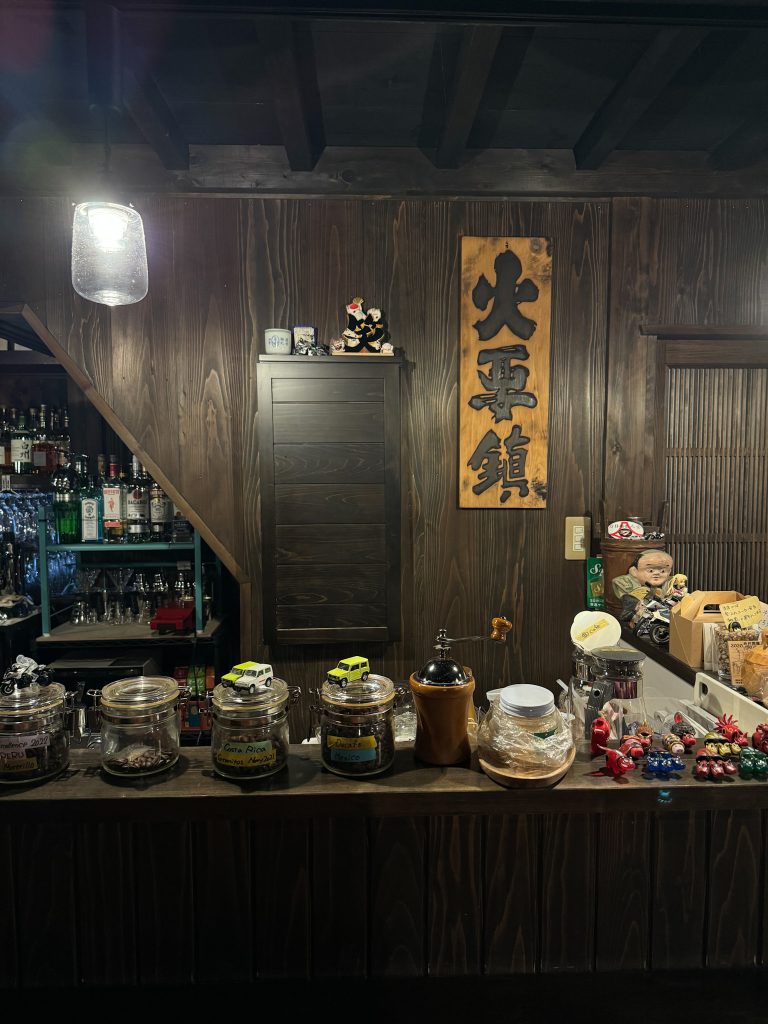
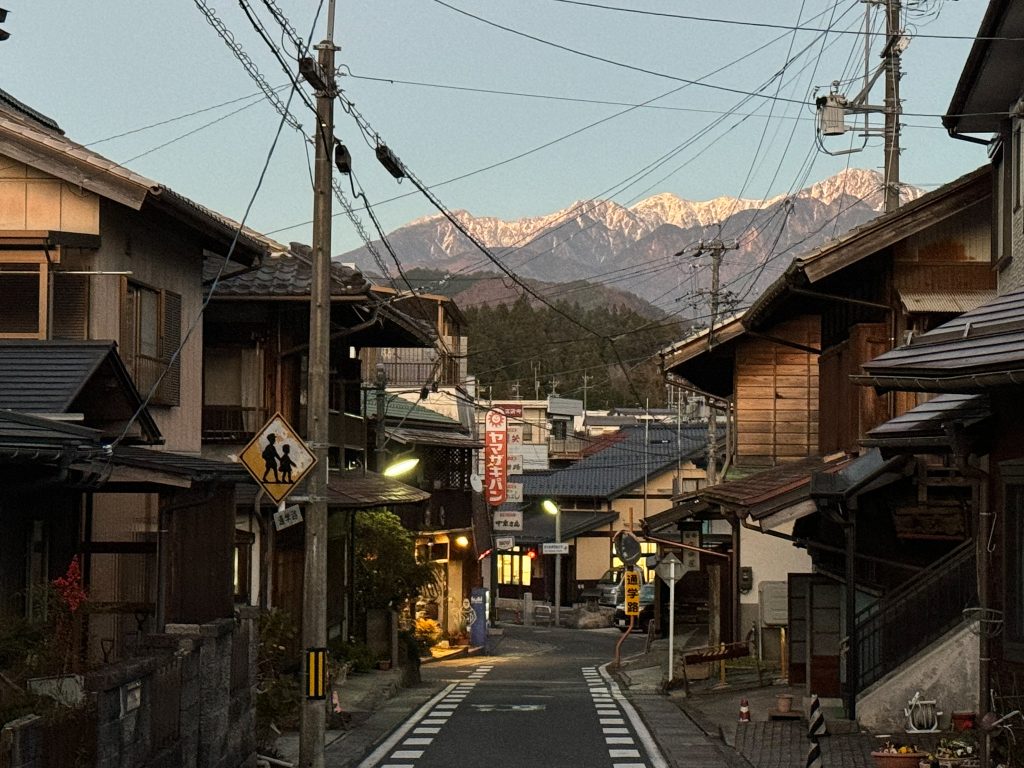
Kiso Fukushima is a larger town with a lot of nice traditional ryokans and onsens to relax. We stayed at an onsen-style ryokan called Kisoji no Yada Iwaya. Our stay was comfortable, the onsen felt amazing after our long hike and the breakfast was one of the highlights.
Day 3: Kiso Fukushima to Narai and Kiso Hirasawa
The next morning, we had a dip in the onsen and a hearty breakfast. The hostess recommended that we try out the local sake tasting at the Nakanorisan Brewing Company. We decided to skip our hike and instead enjoy some local experiences in Kiso Fukushima. If you do decide to hike ahead, the plan is to take a train to Yabuhara and hike to the town of Narai through the Torii pass – another beautiful stretch on the Nakasendo trail. The hike is ~5.5 miles with ~1000ft elevation gain and will feel very similar to Day 1.
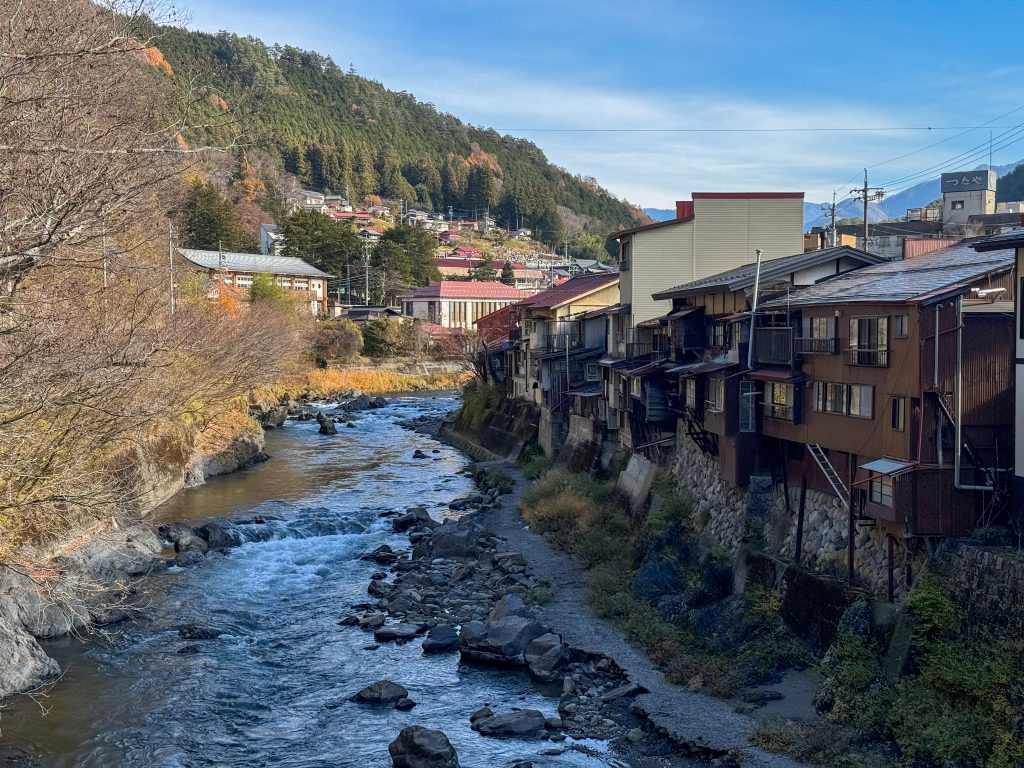
Narai Juku is the third of the three best post towns on Nakasendo. I wish we made it to the town but for now, it stays on my bucket list for our next visit to Japan.
From the beautiful town of Narai, take the trail to Kiso Hirasawa – a small town famous for its lacquerware. We skipped going here and thought we’d buy the lacquerware in Tokyo – but little did we guess the prices skyrocket once you try buying them anywhere but on the Nakasendo.
Both Kiso Hirasawa and Narai have train stations – you can catch a train to Tokyo if you choose to end your Nakasendo journey there. If you decide to extend it, catch a train to Matsumoto and stay there for the night.
Extending your trip to 5 days
If you decide to extend your trip to 5 days, here’s what you can do. Take an easy Day 4 without hiking. On Day 4, visit the Matsumoto castle – one of the most beautiful castles in the country and do some sightseeing in Matsumoto. Take a train to Karuizawa to stay the night. On Day 5, hike from Karuizawa to Yokokawa via the Usui pass. This stretch is around 10 miles long with a 1000 ft elevation gain. From Yokokawa, take the train ride to Tokyo.
I hope this post helps you plan your backpacking trip on the Nakasendo. For more travel tips and itineraries, follow our adventures on Instagram or subscribe to the blog to get notified when I publish new posts.


